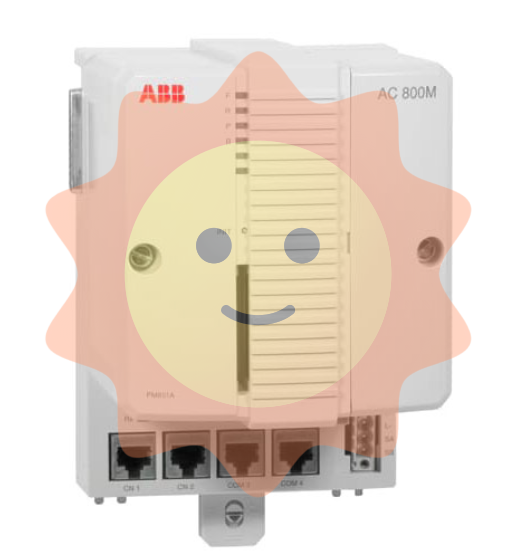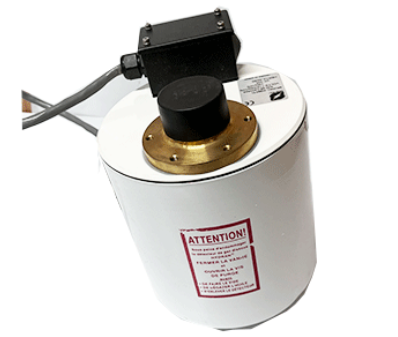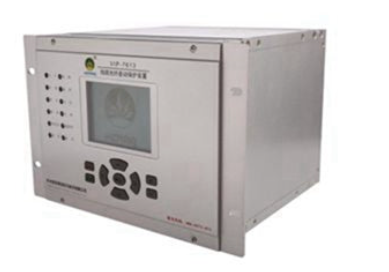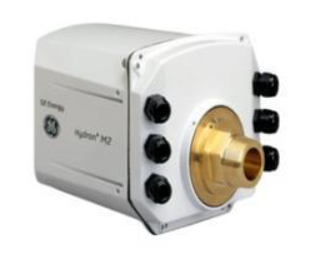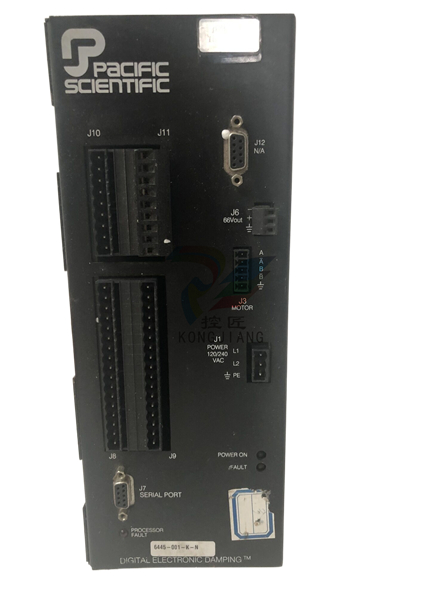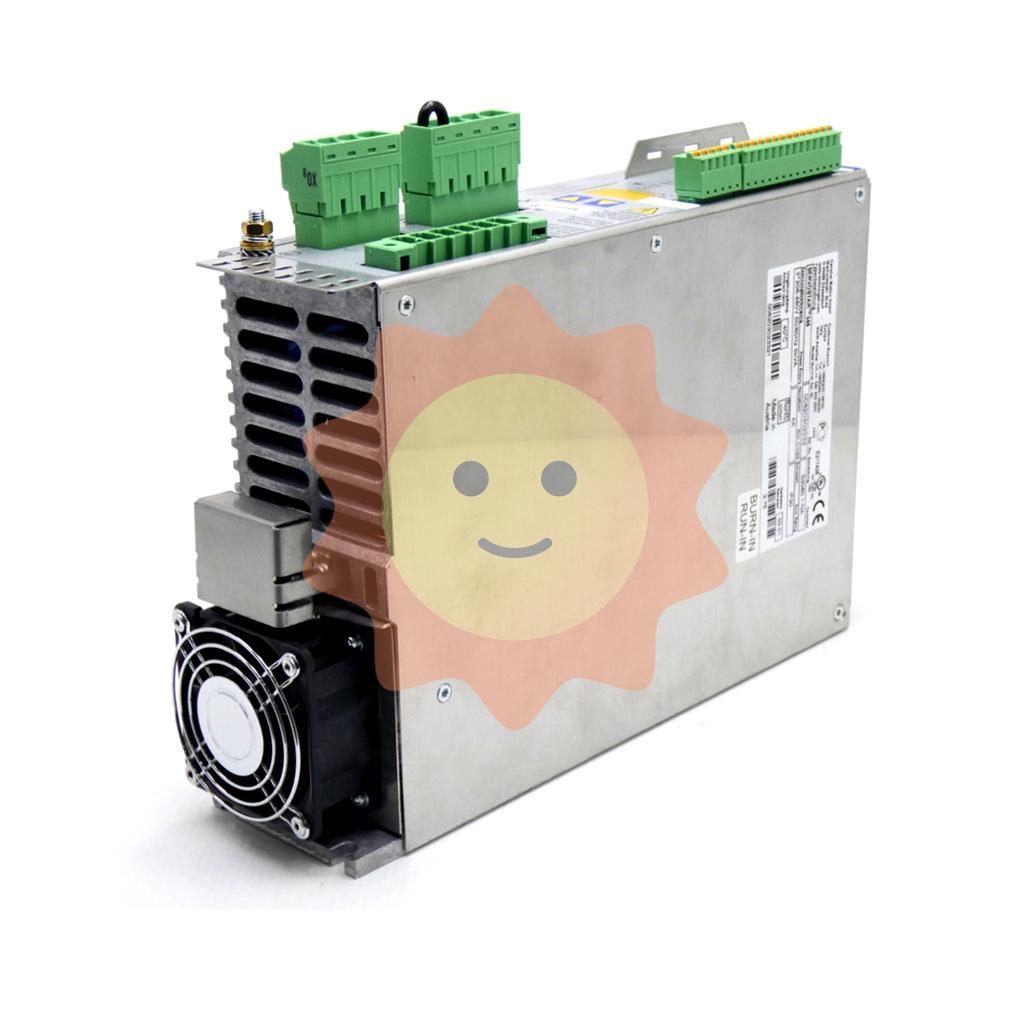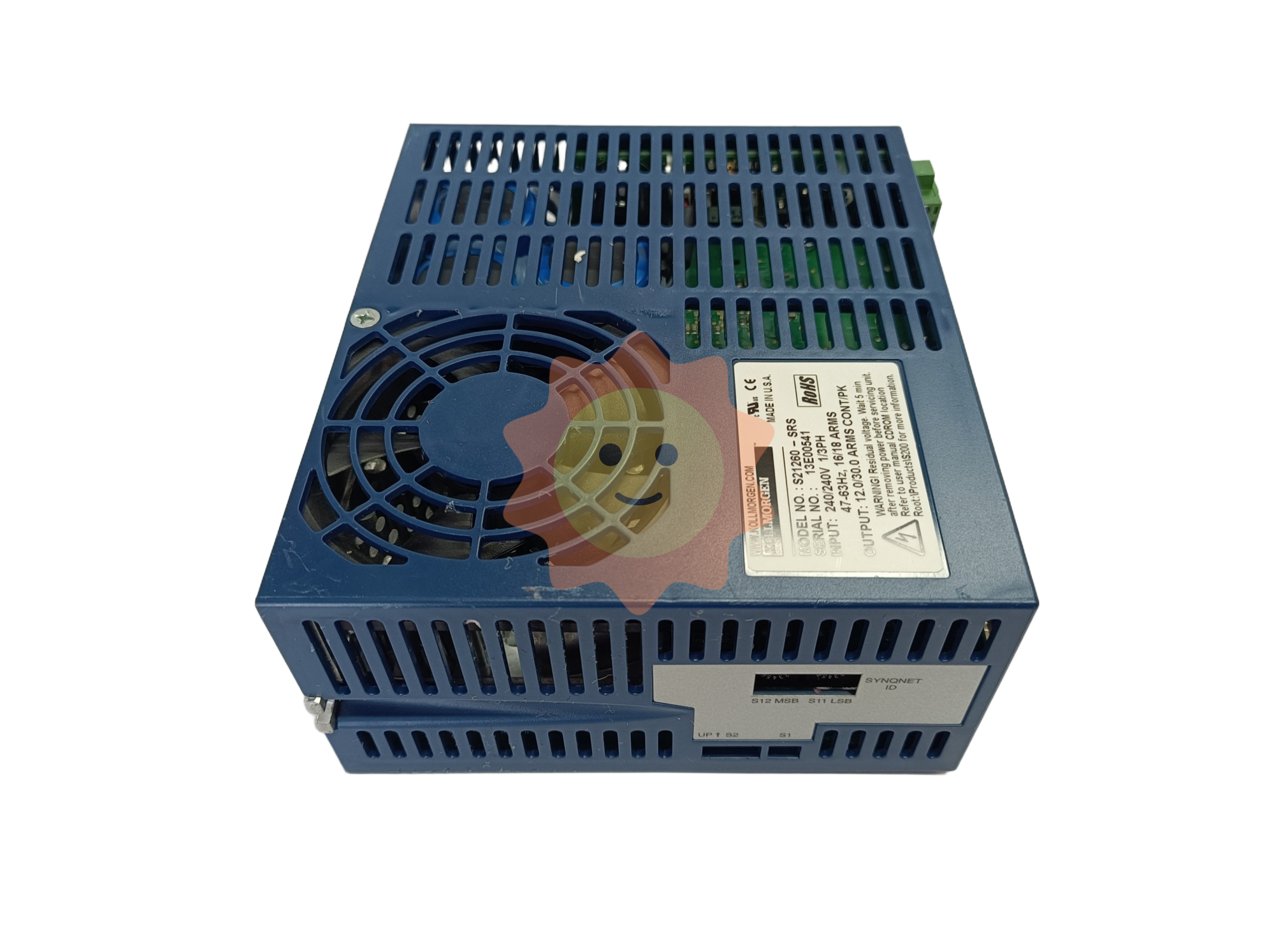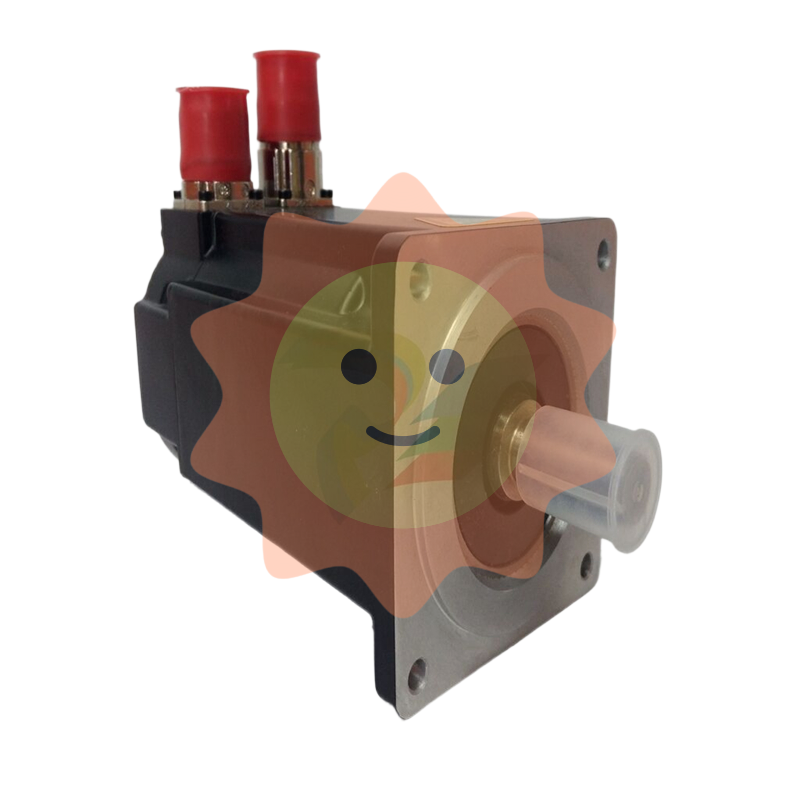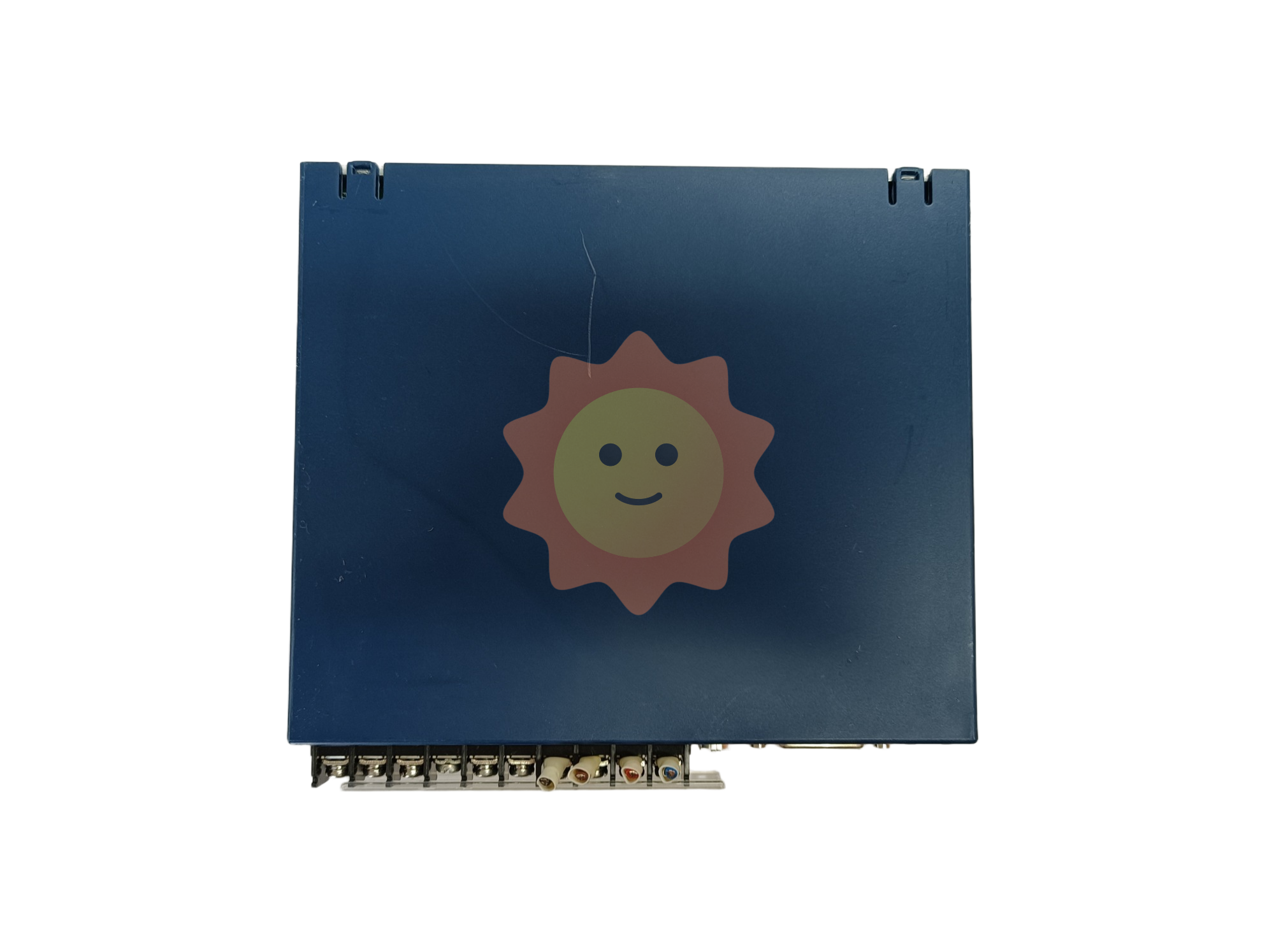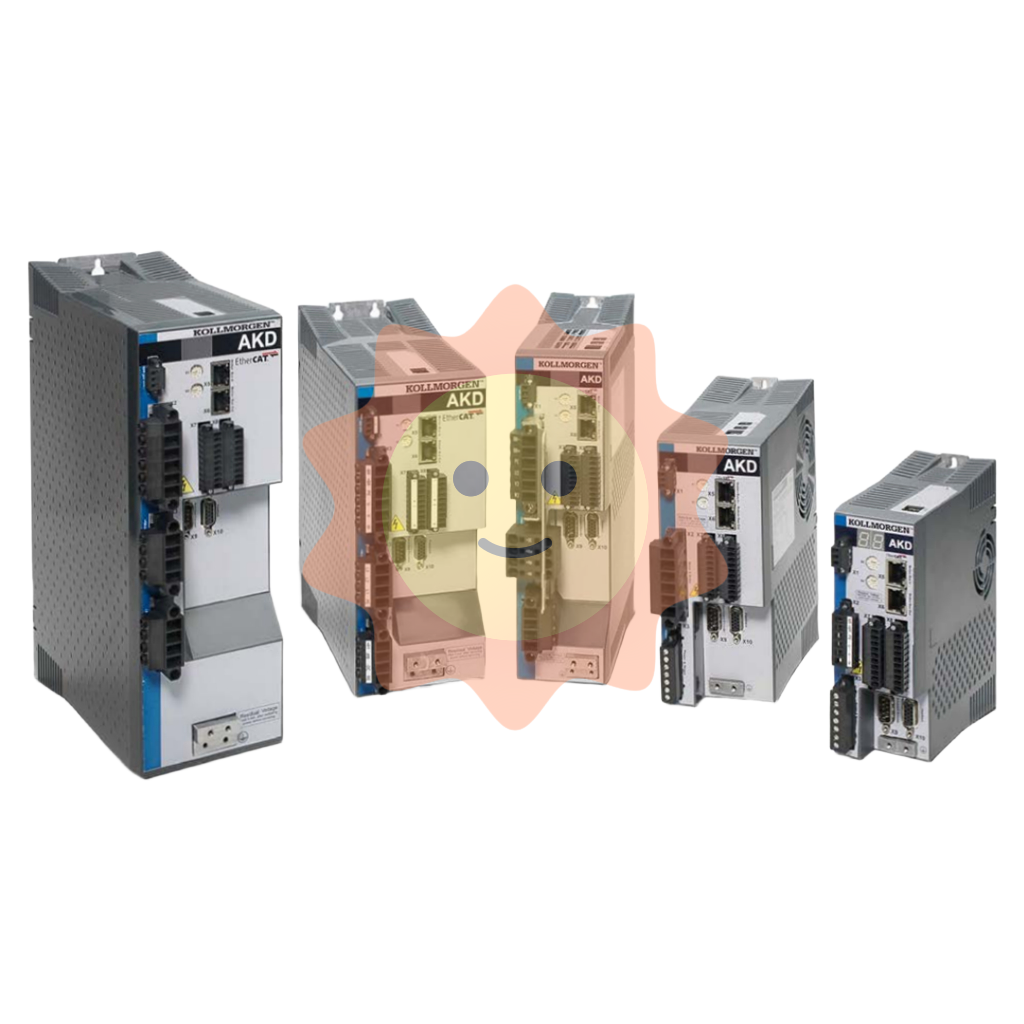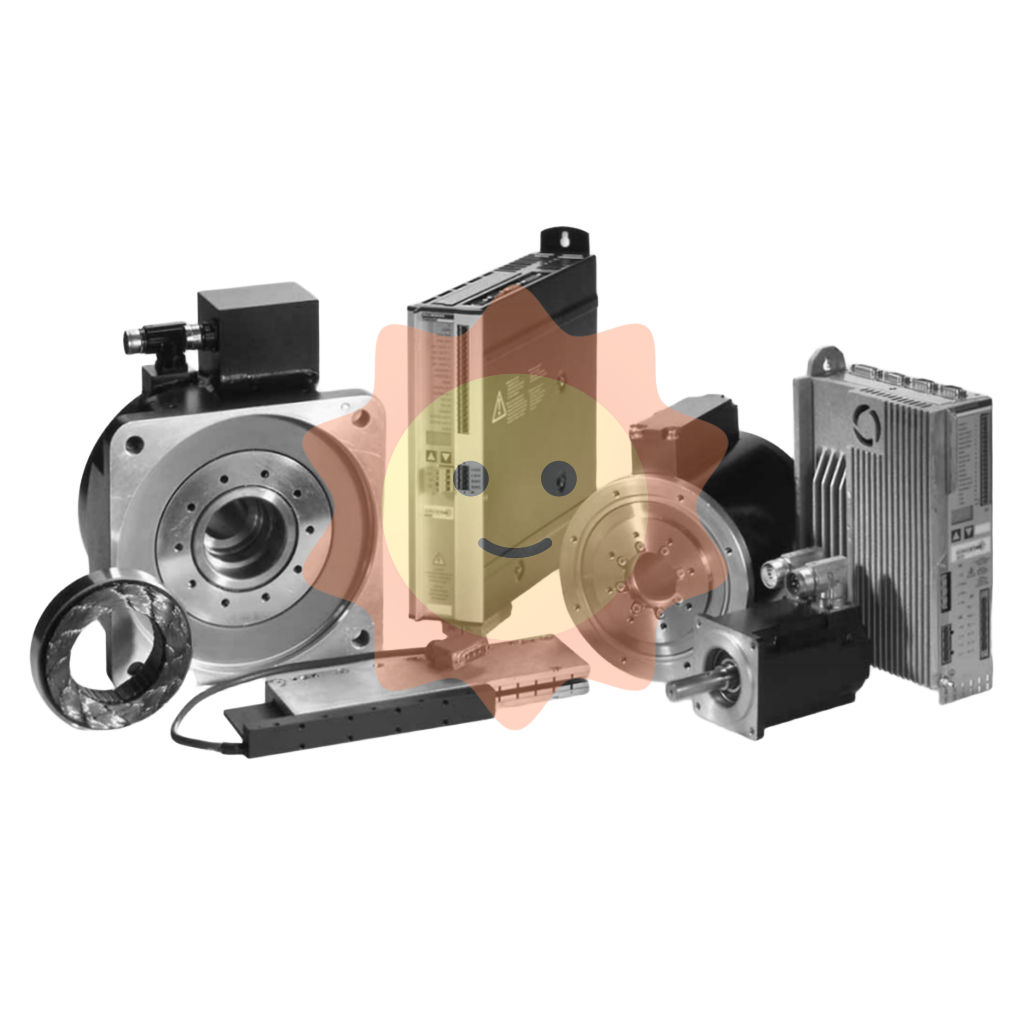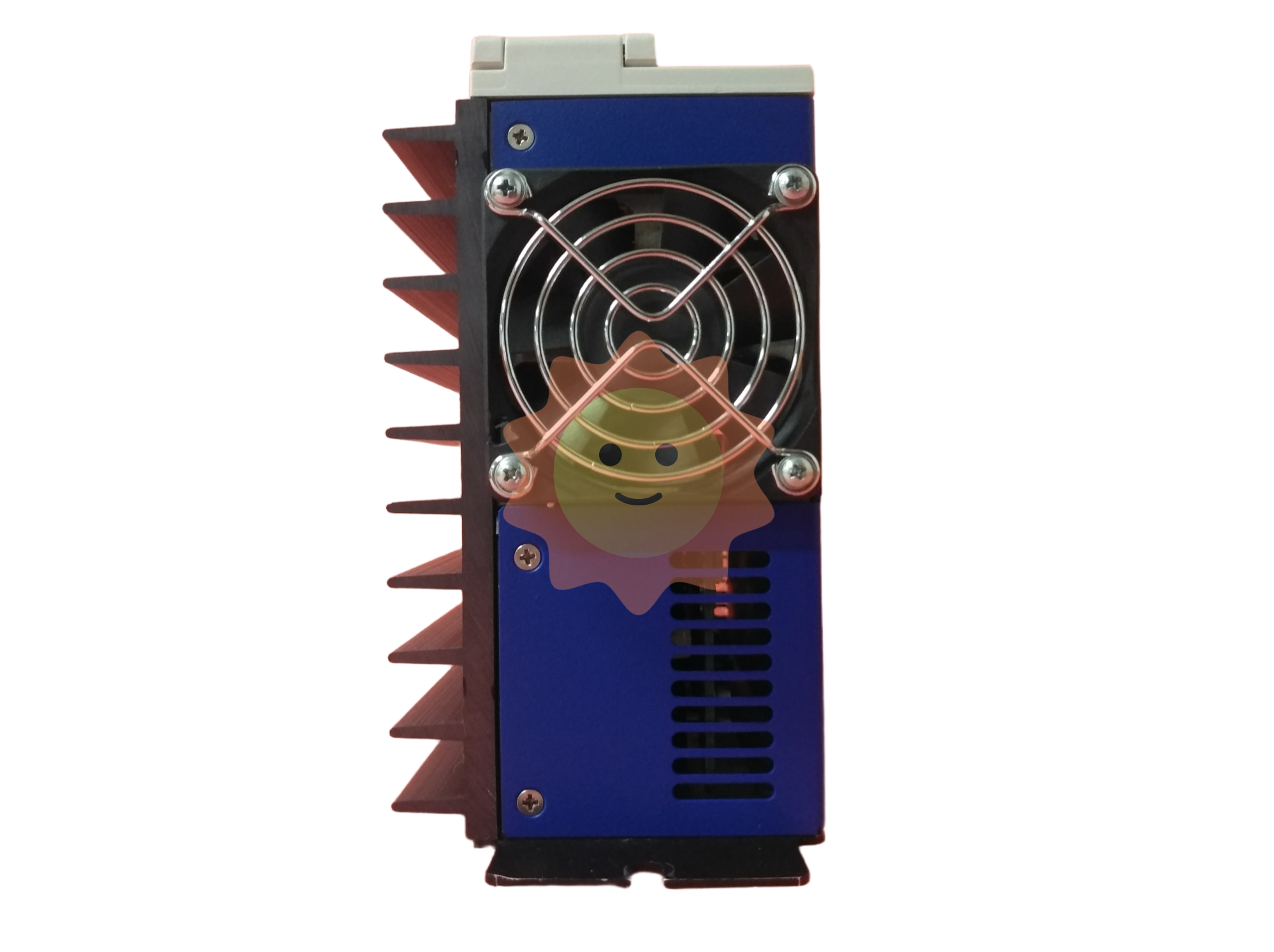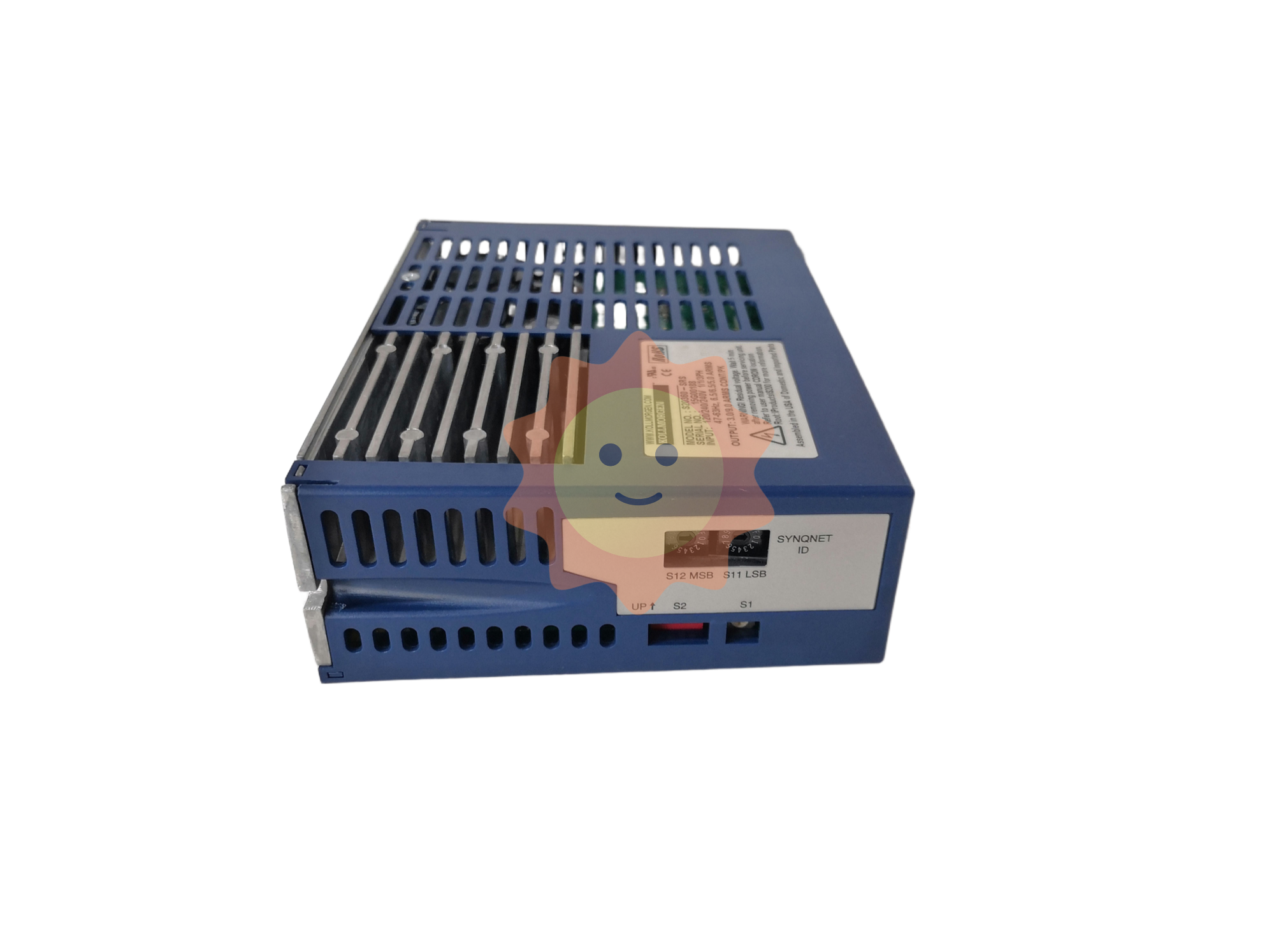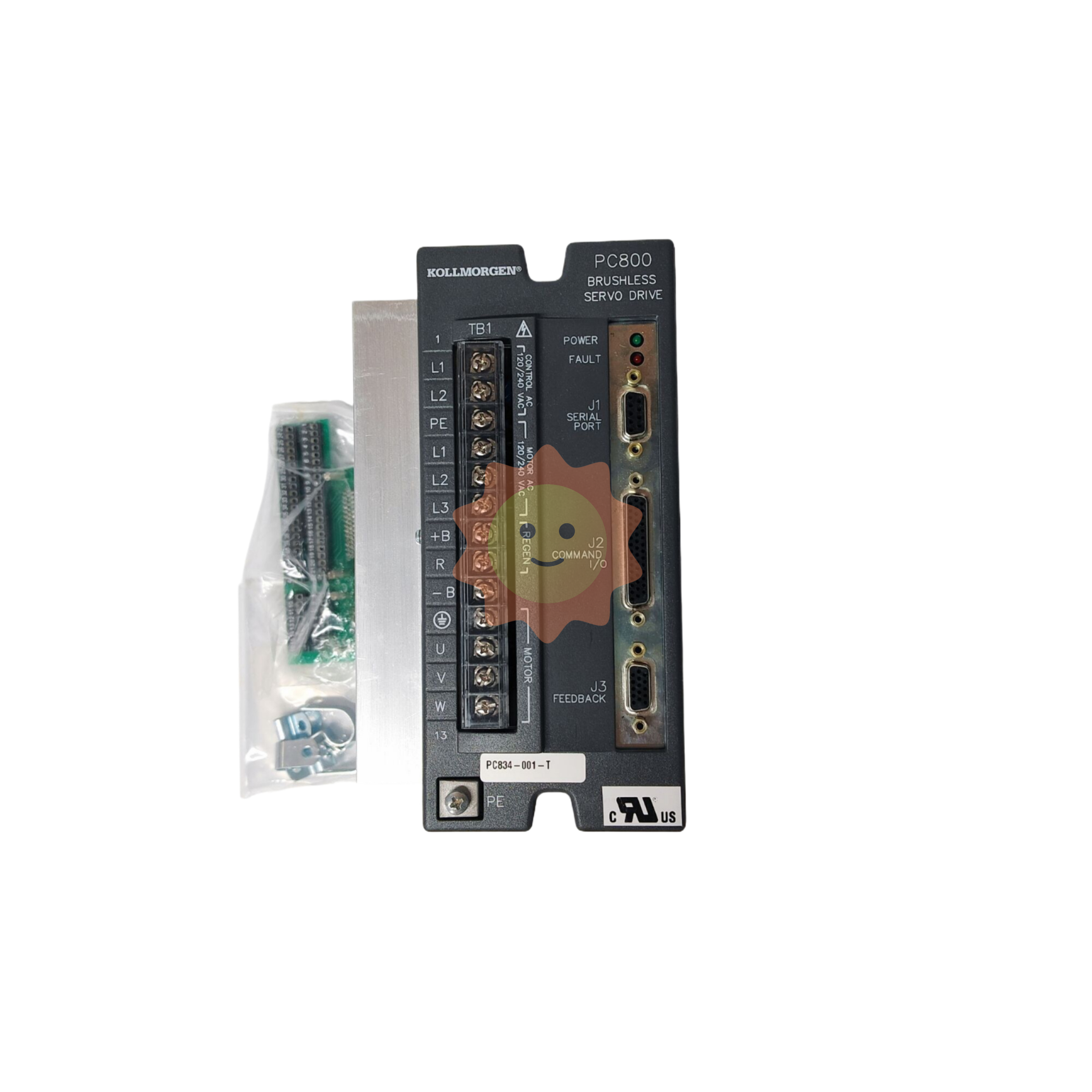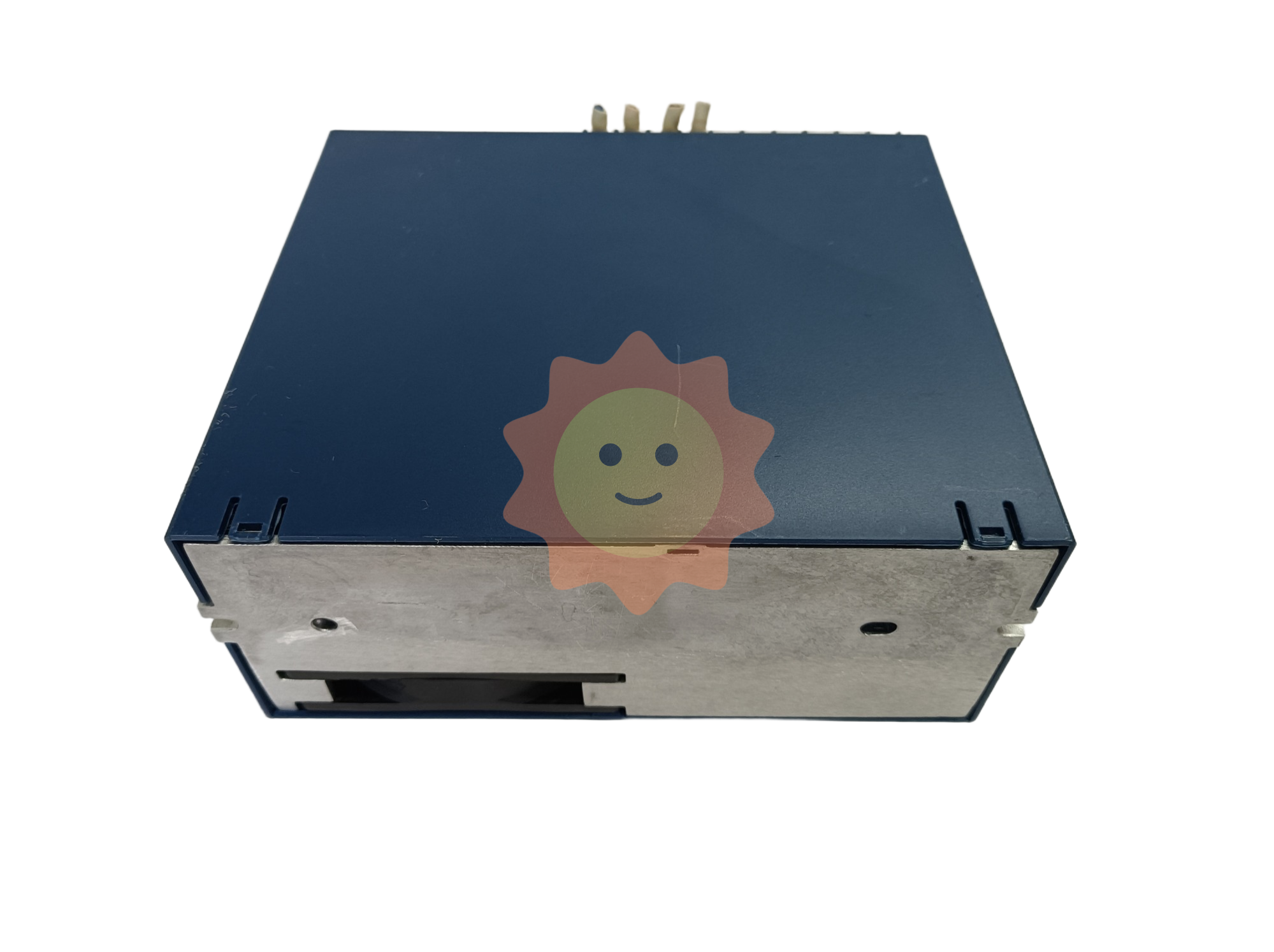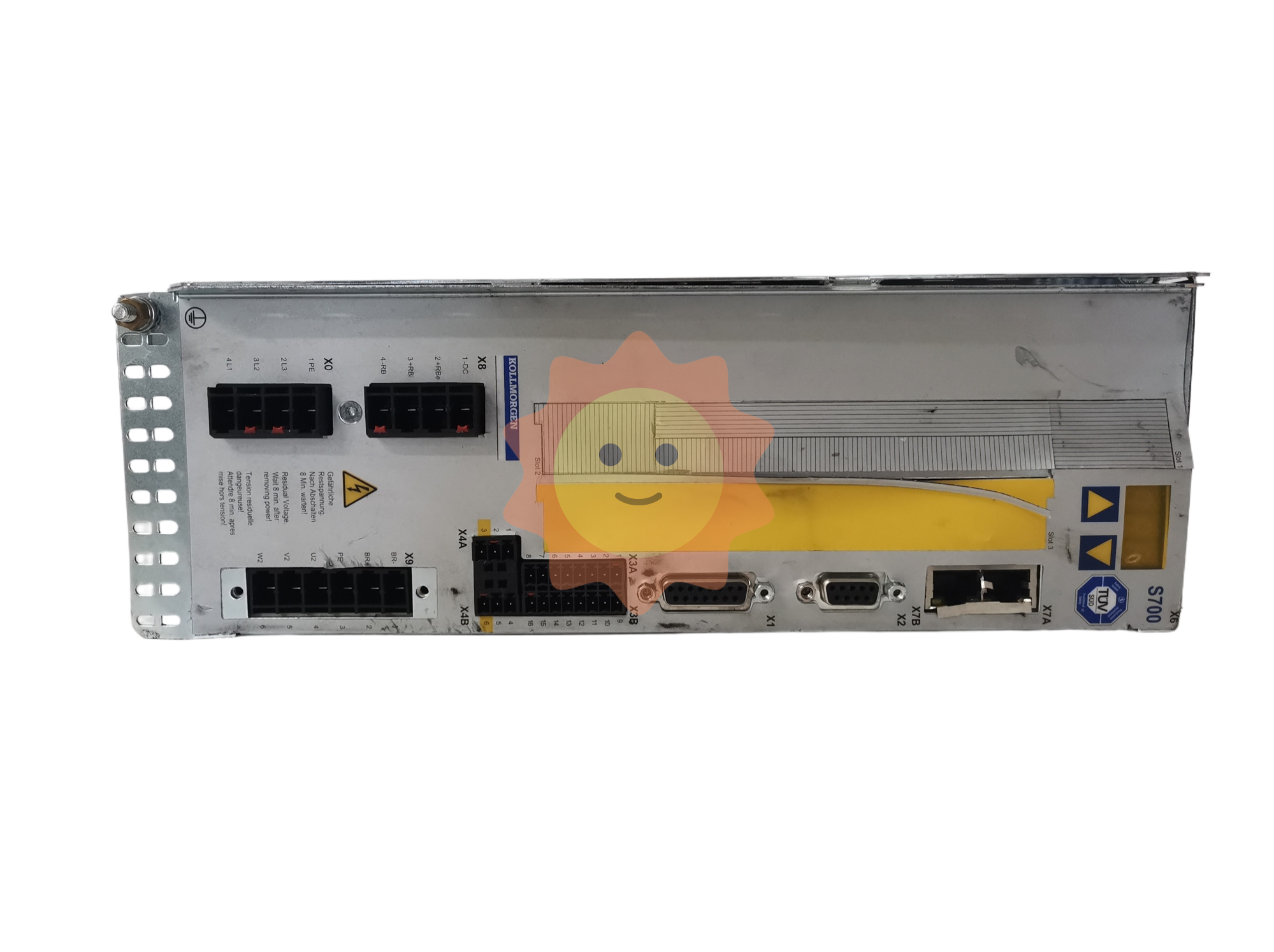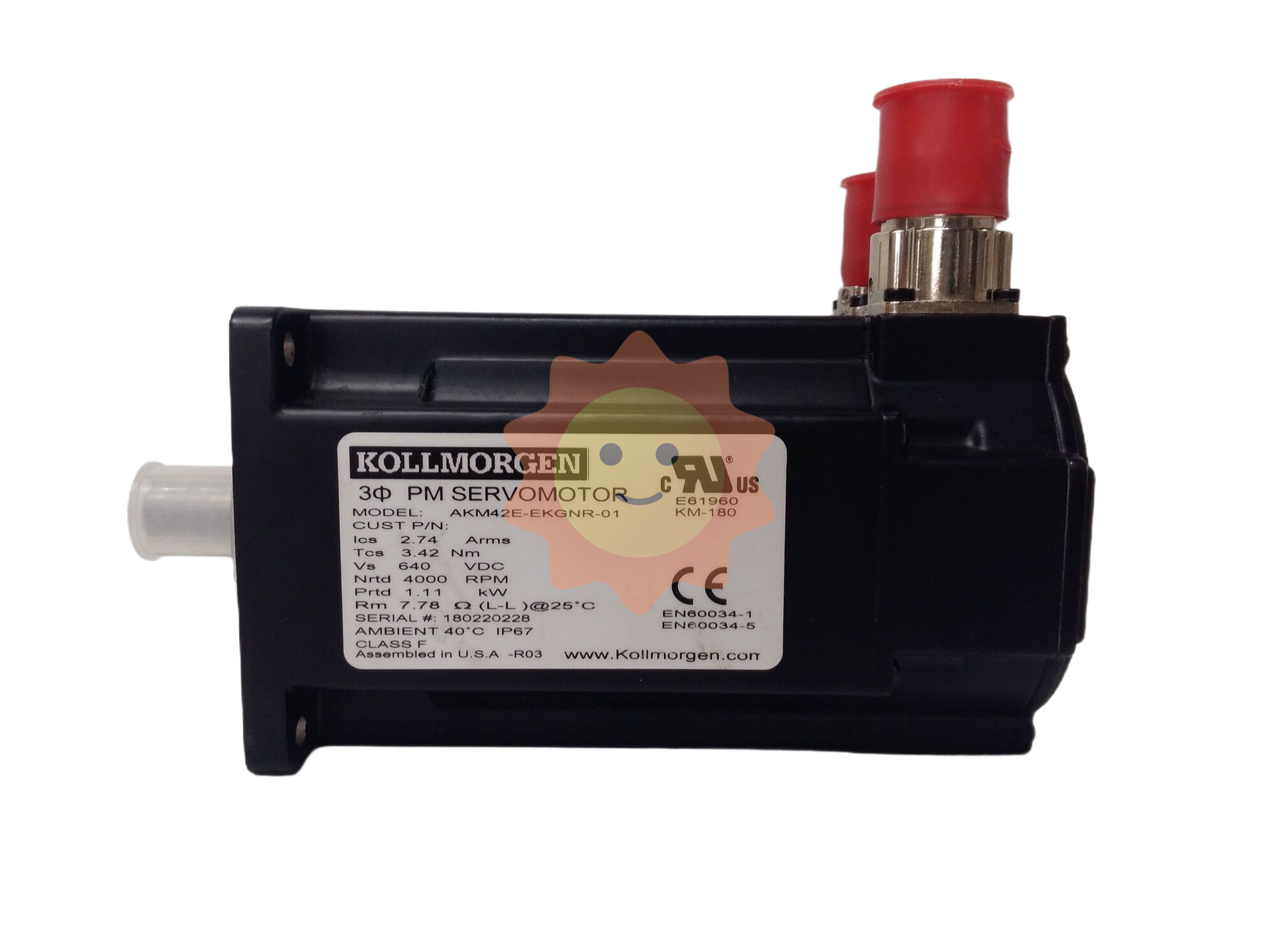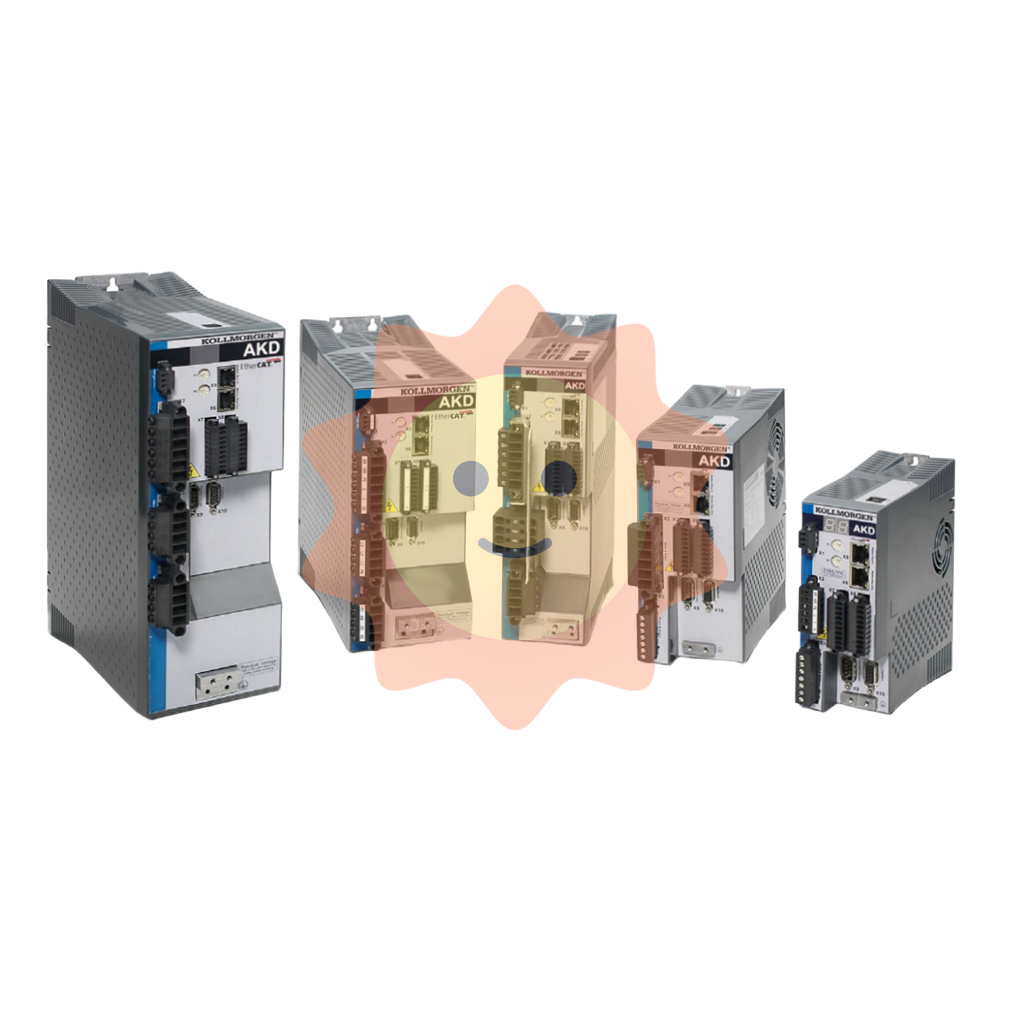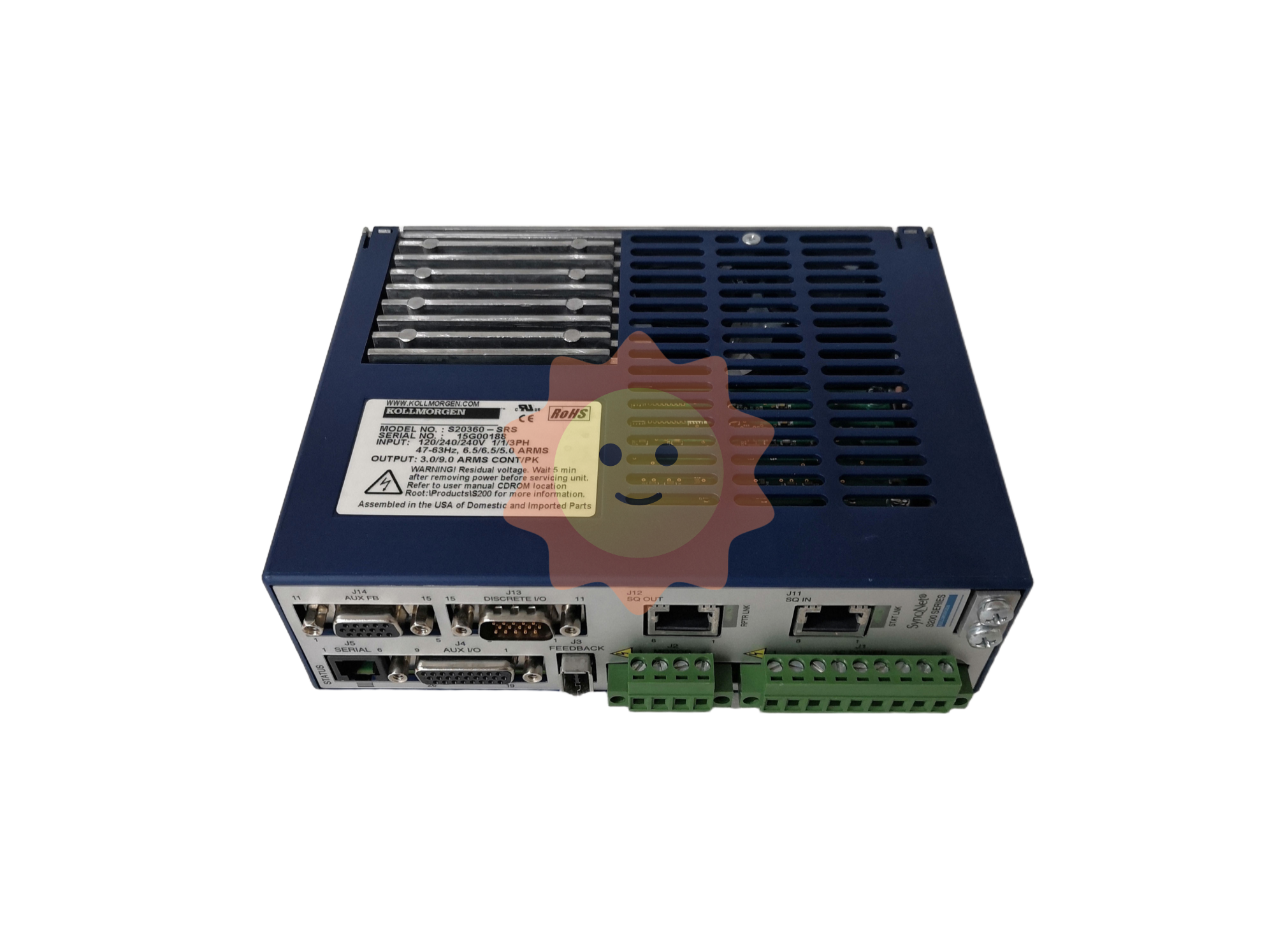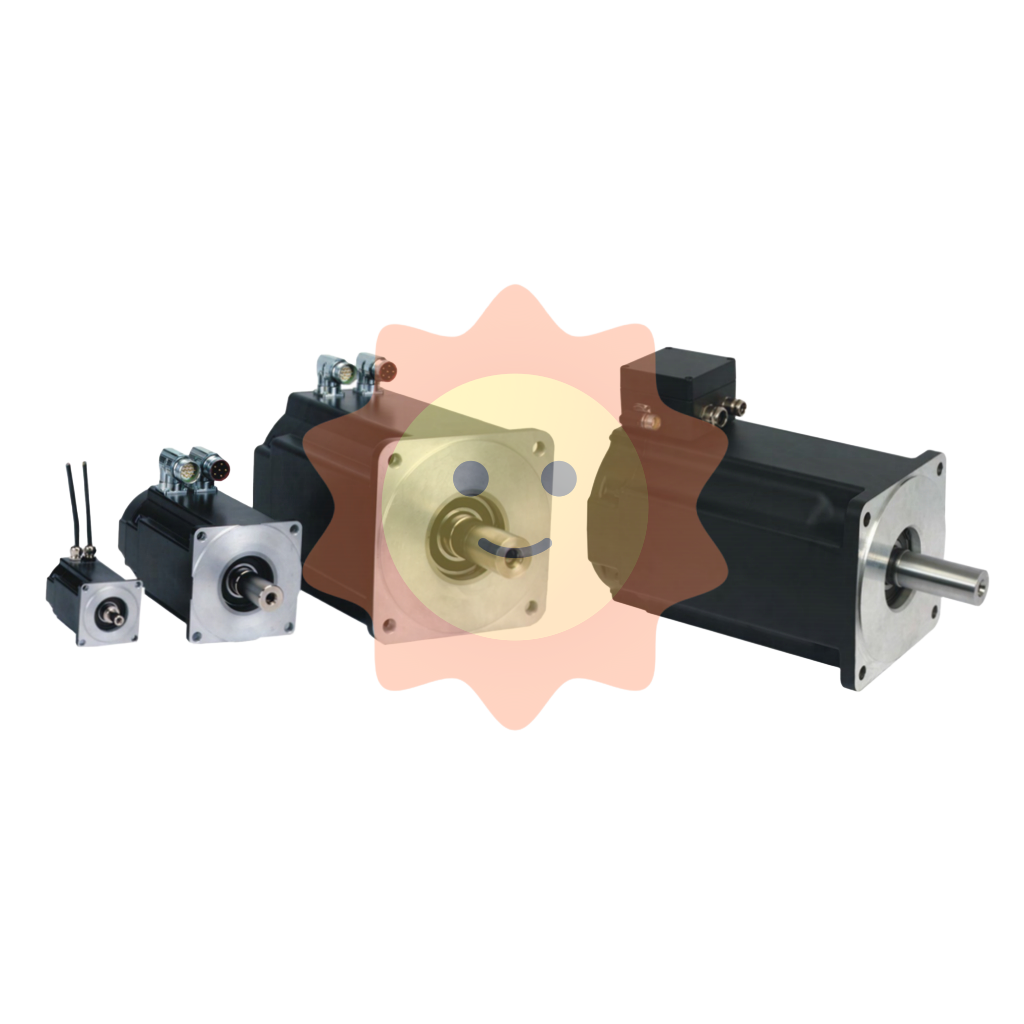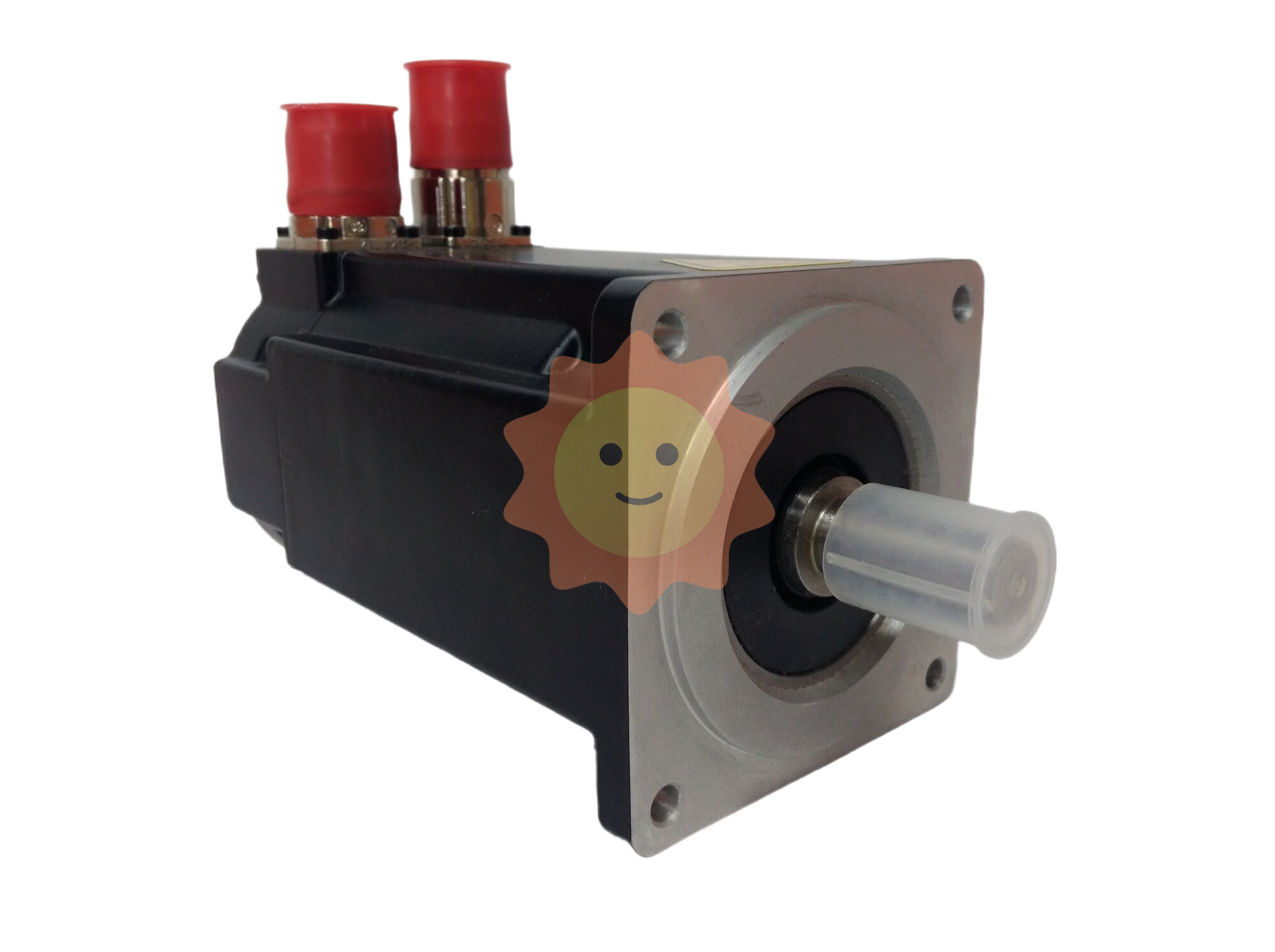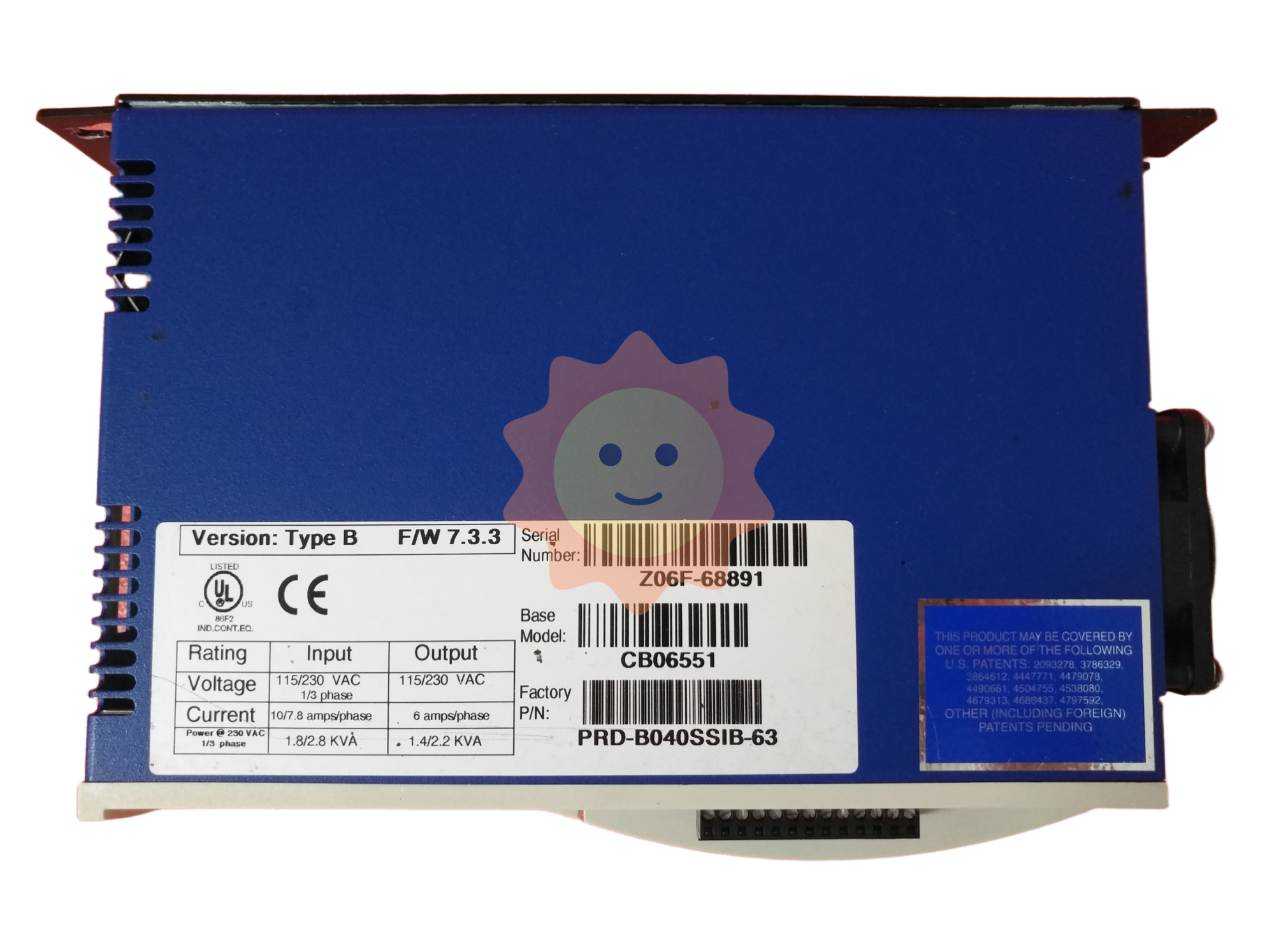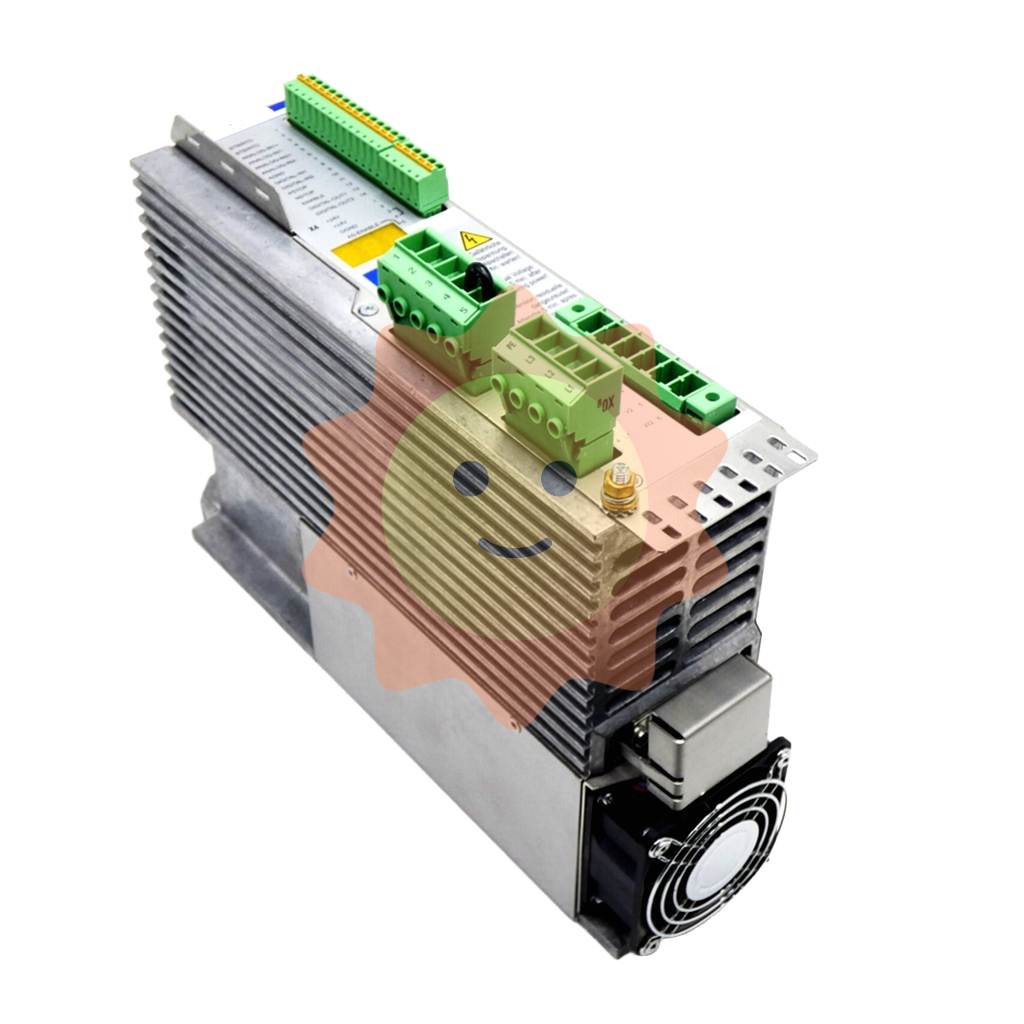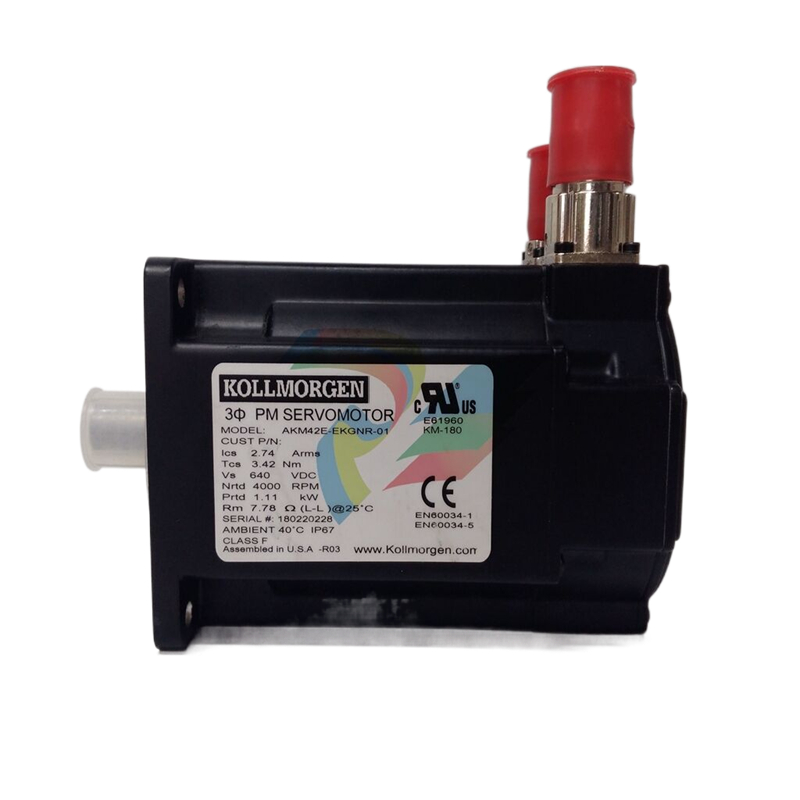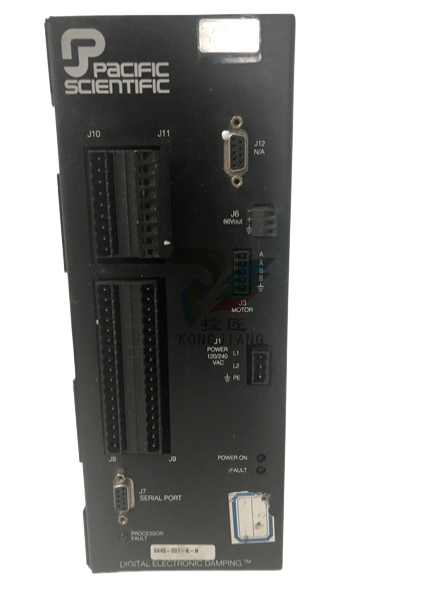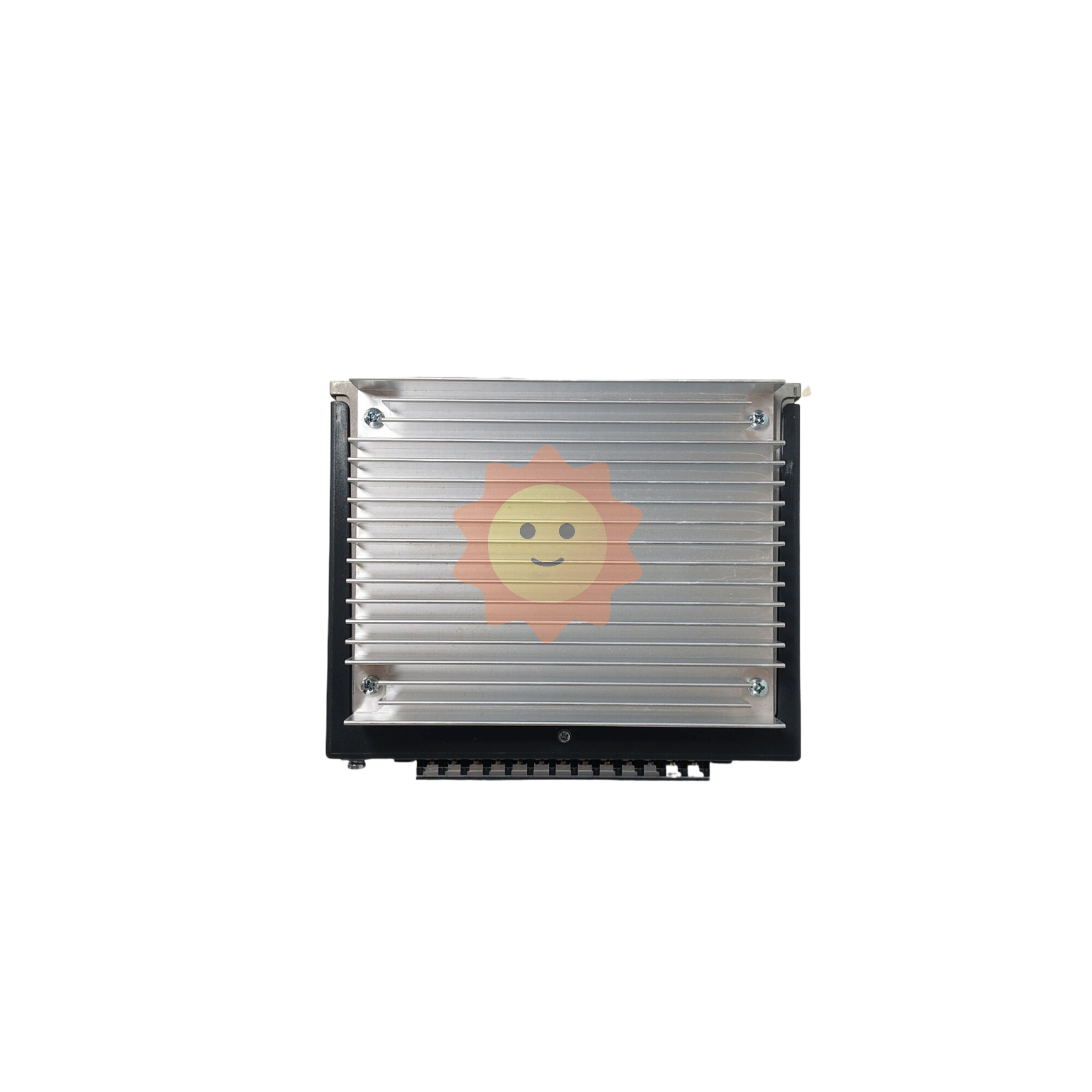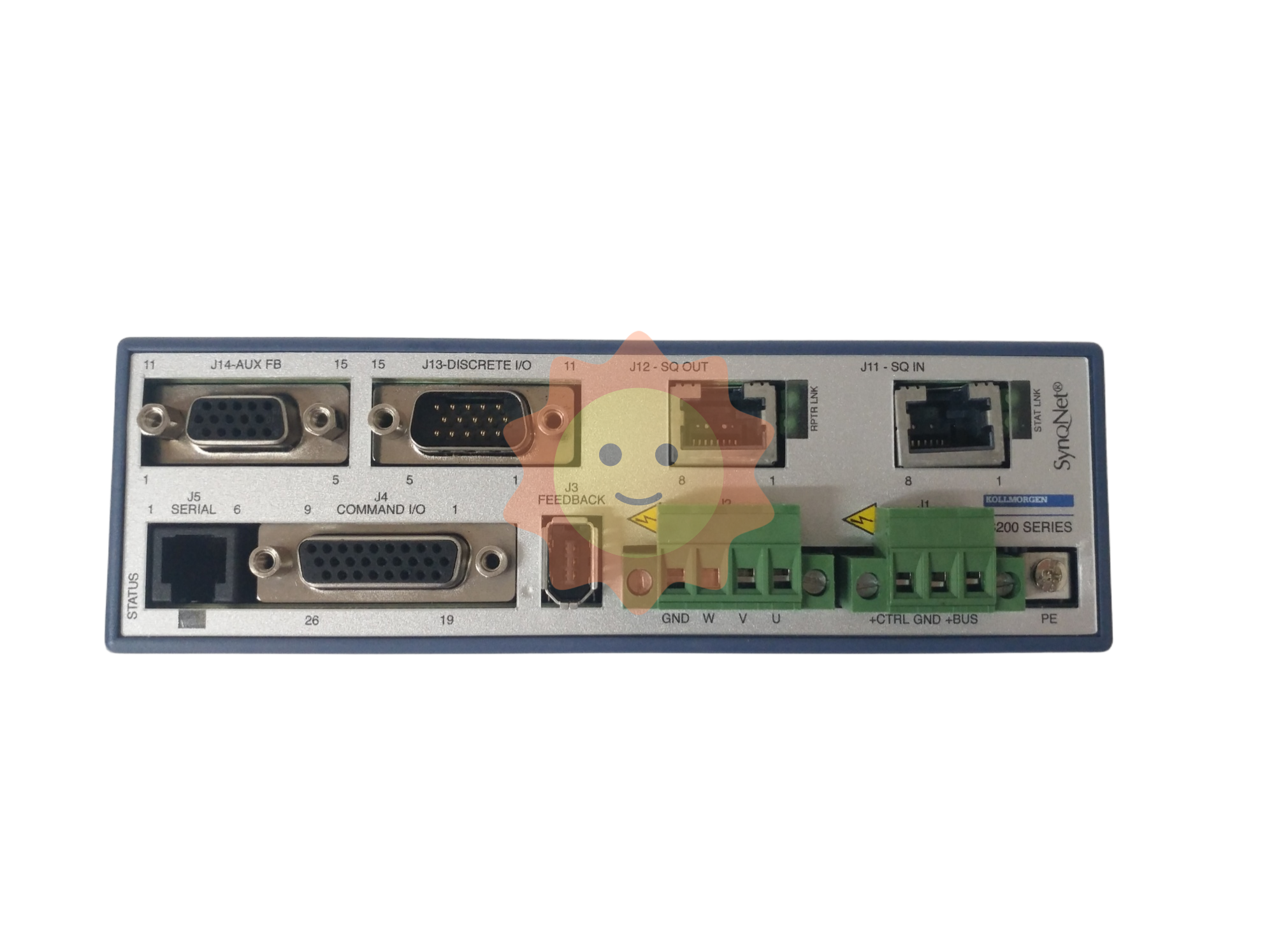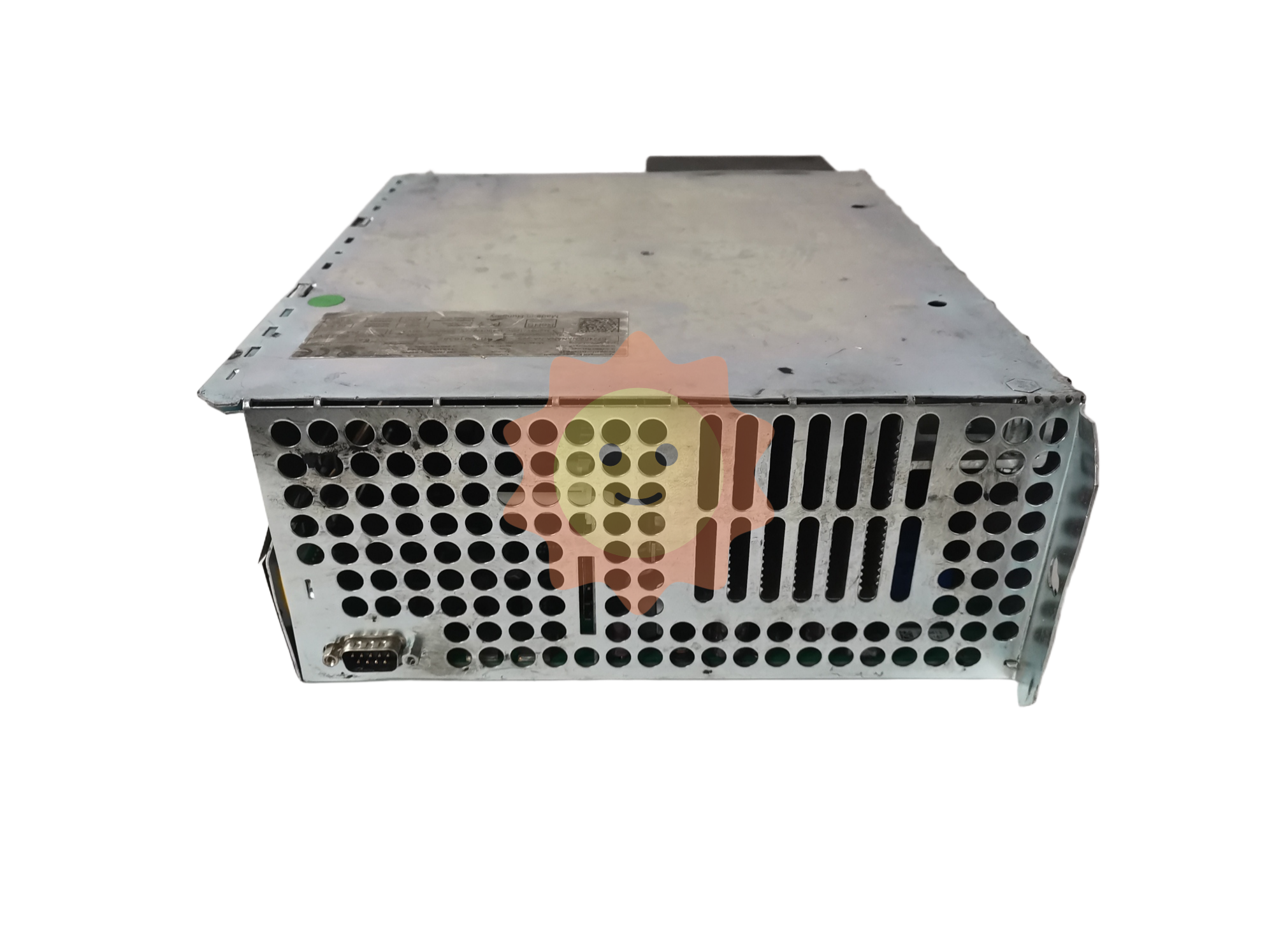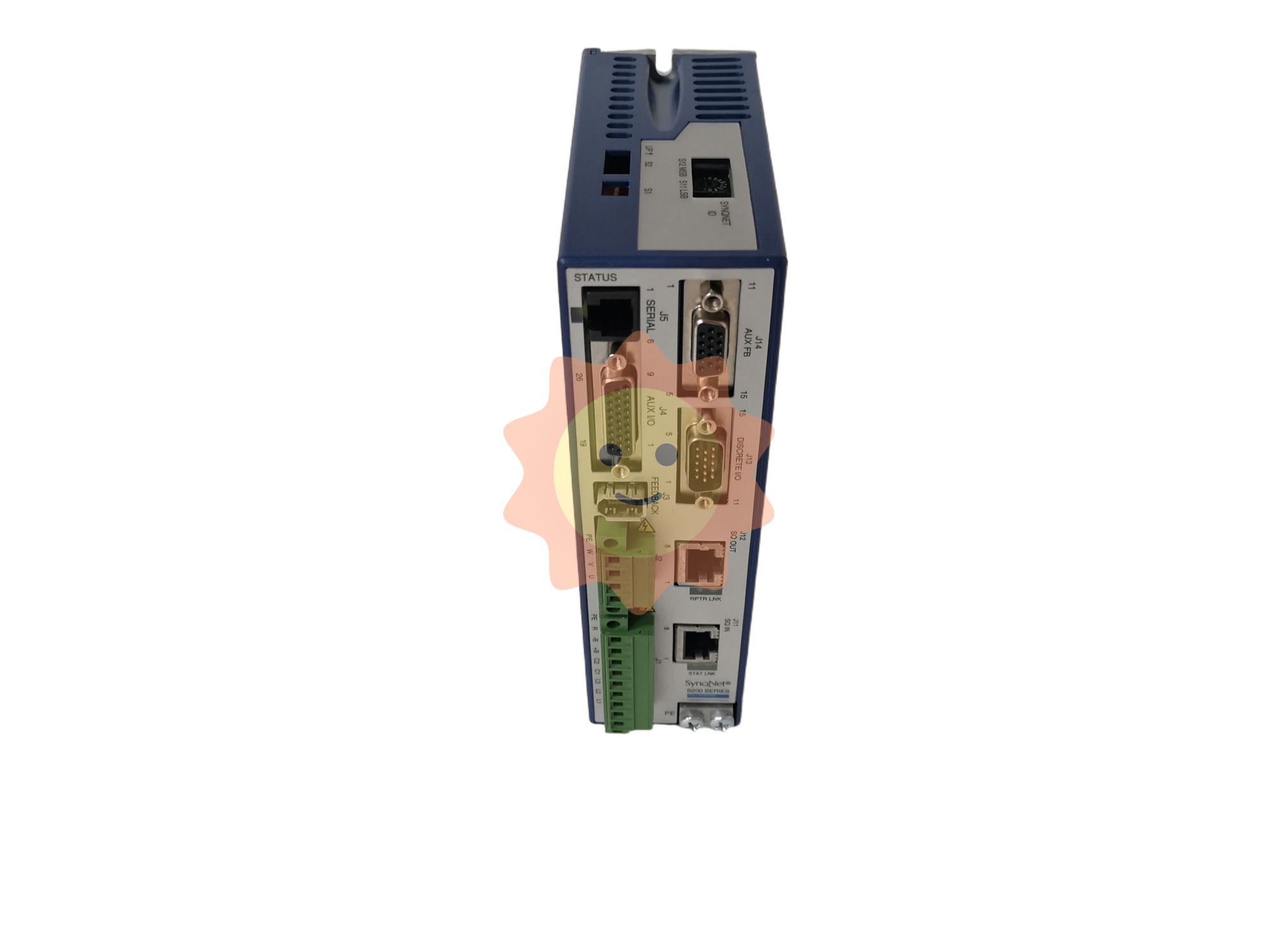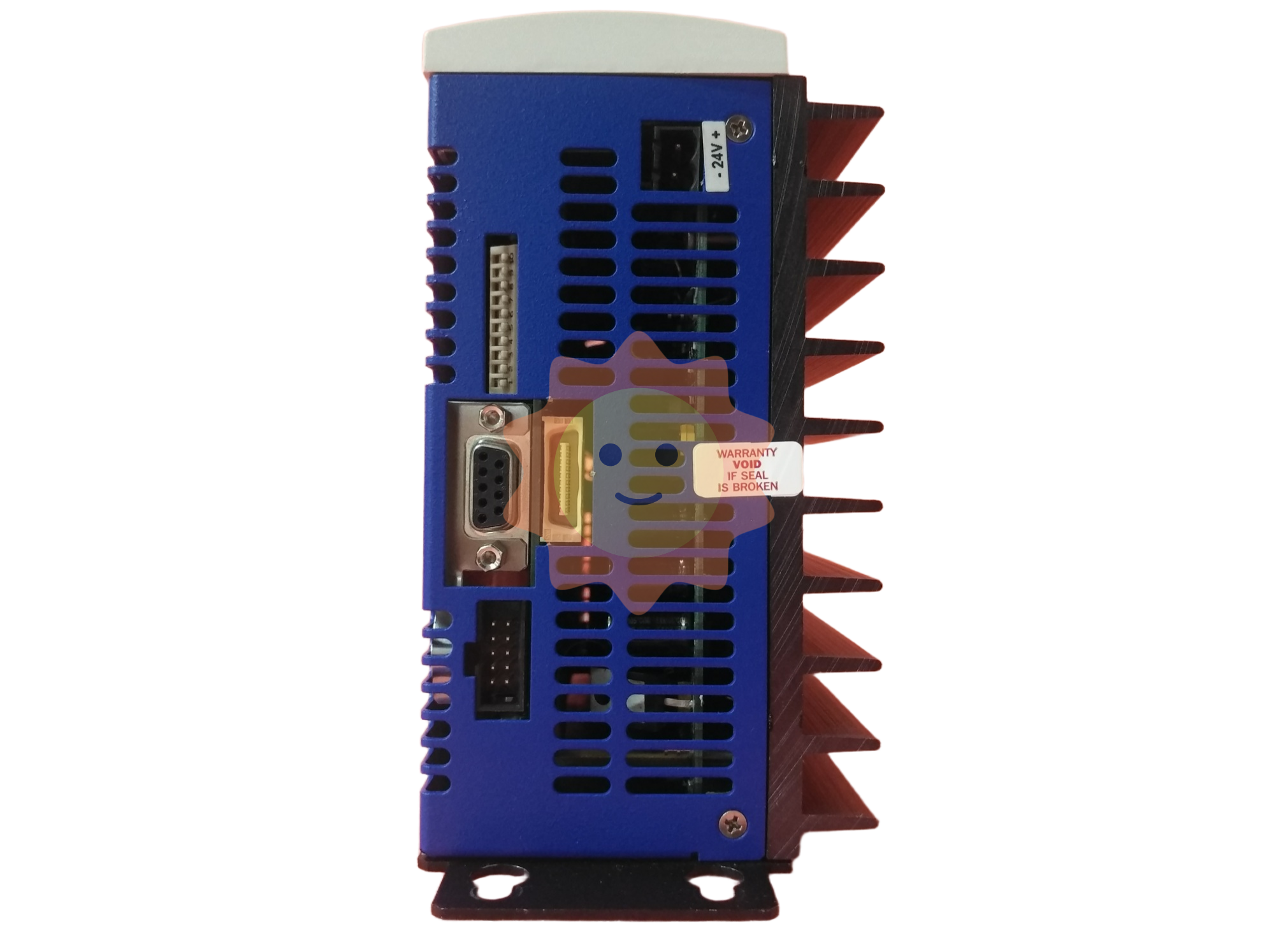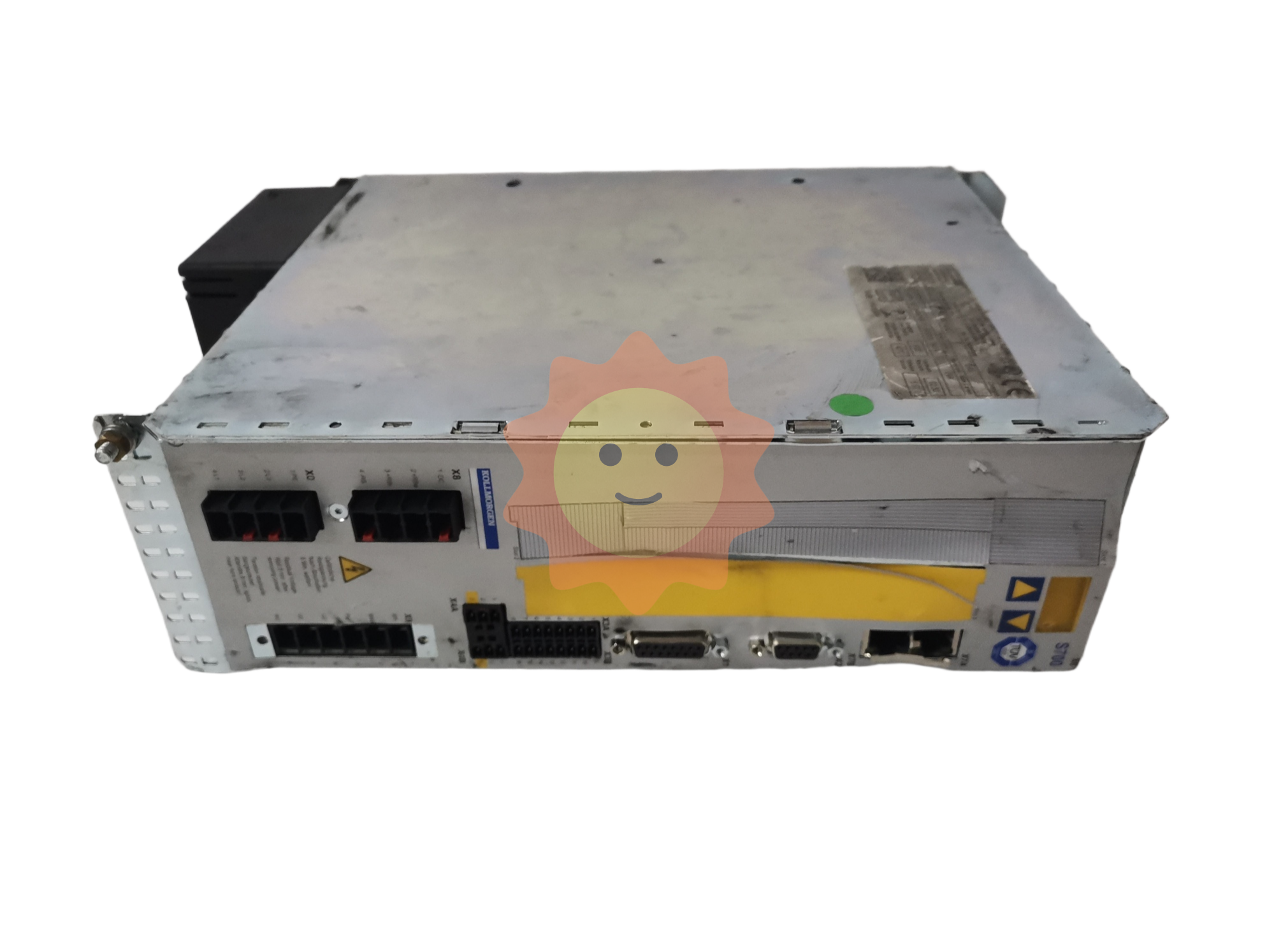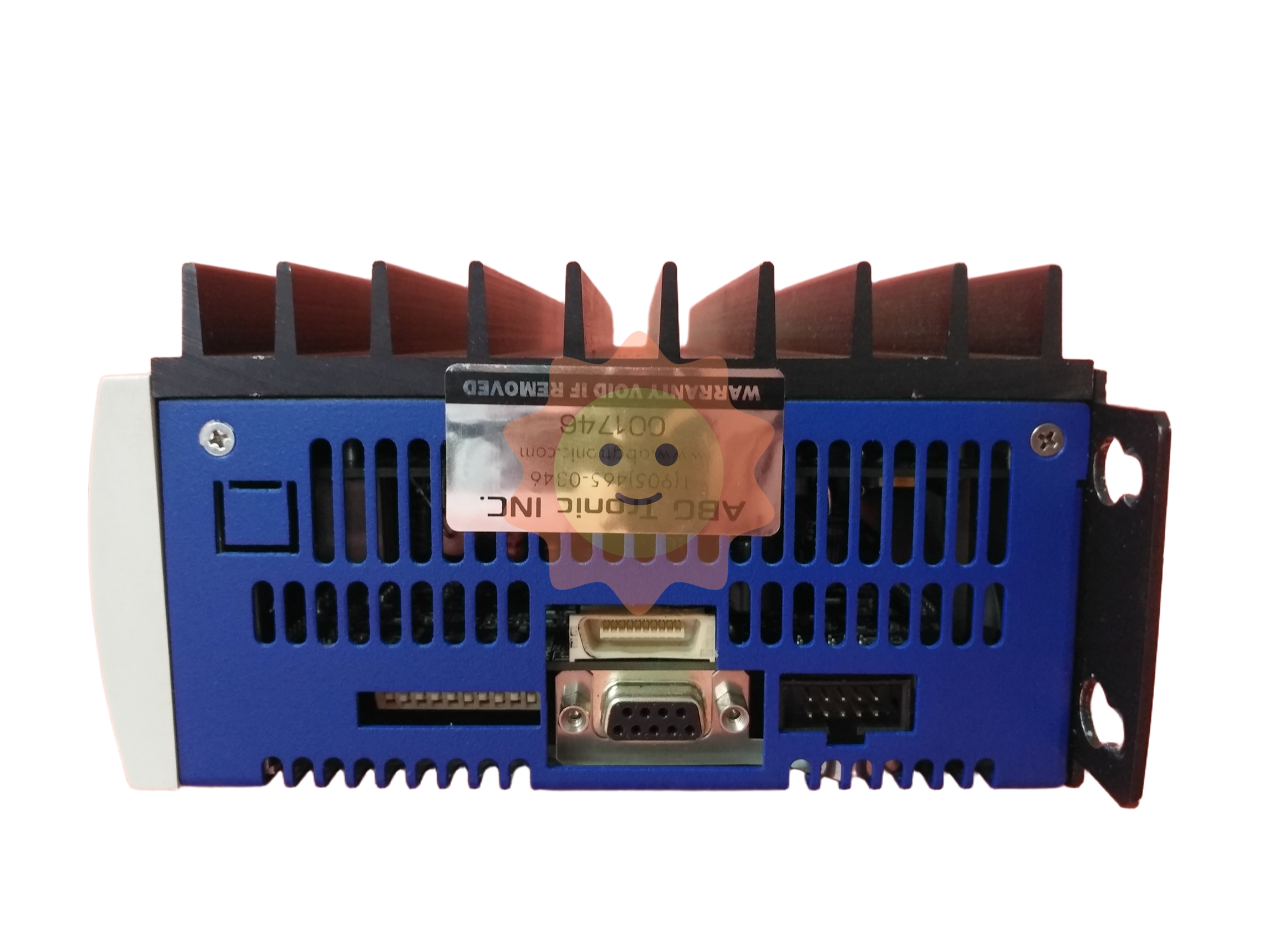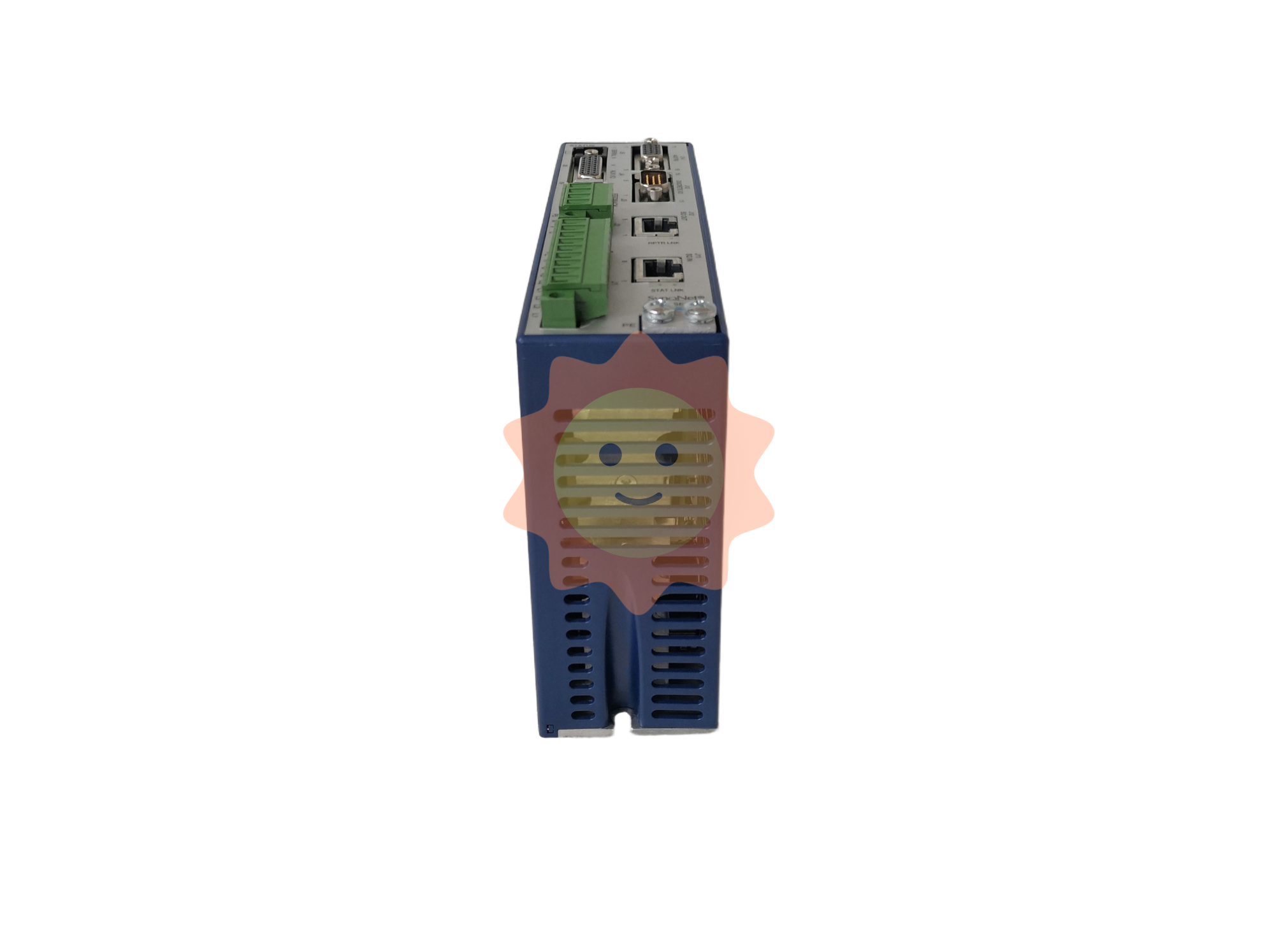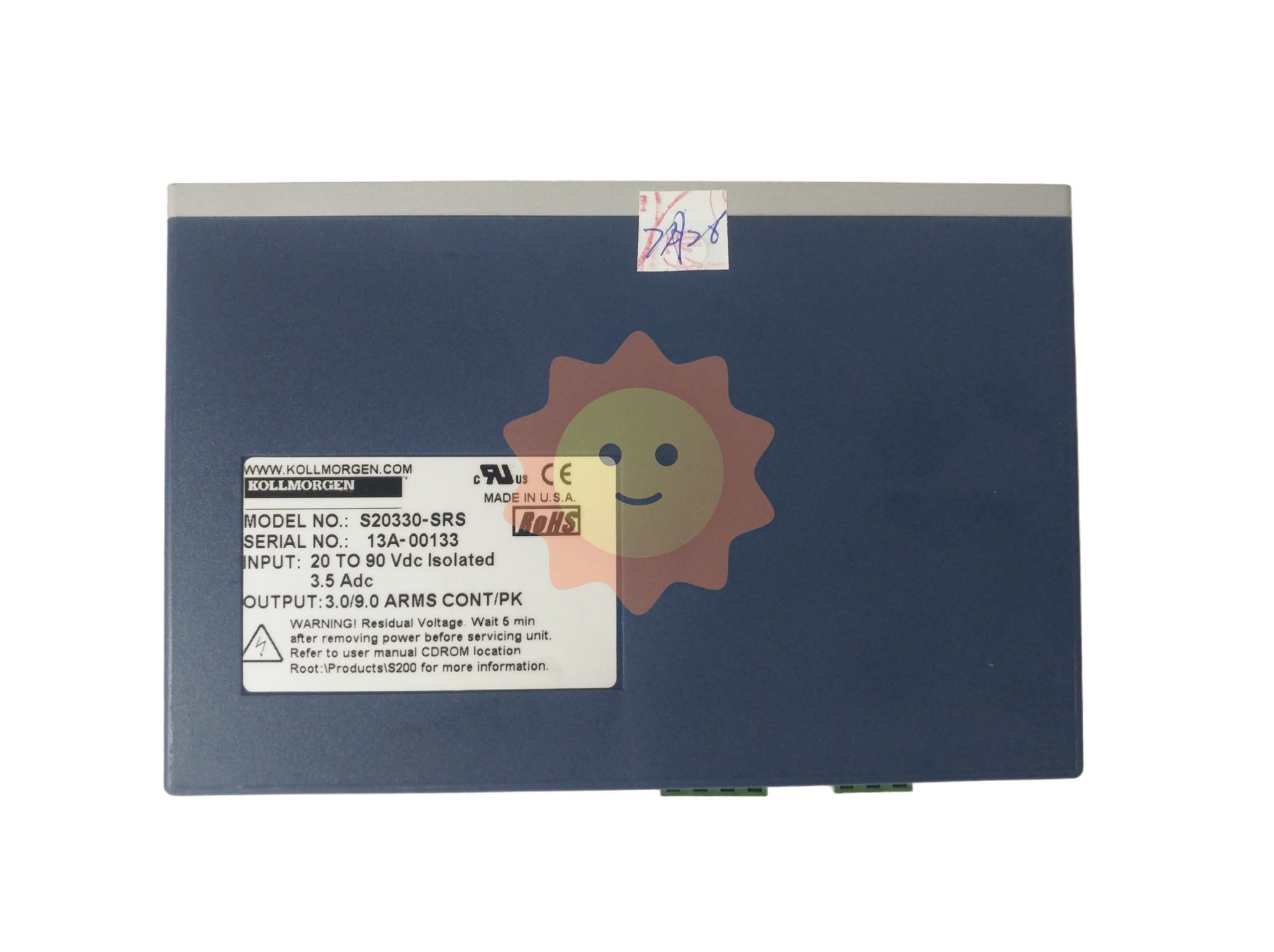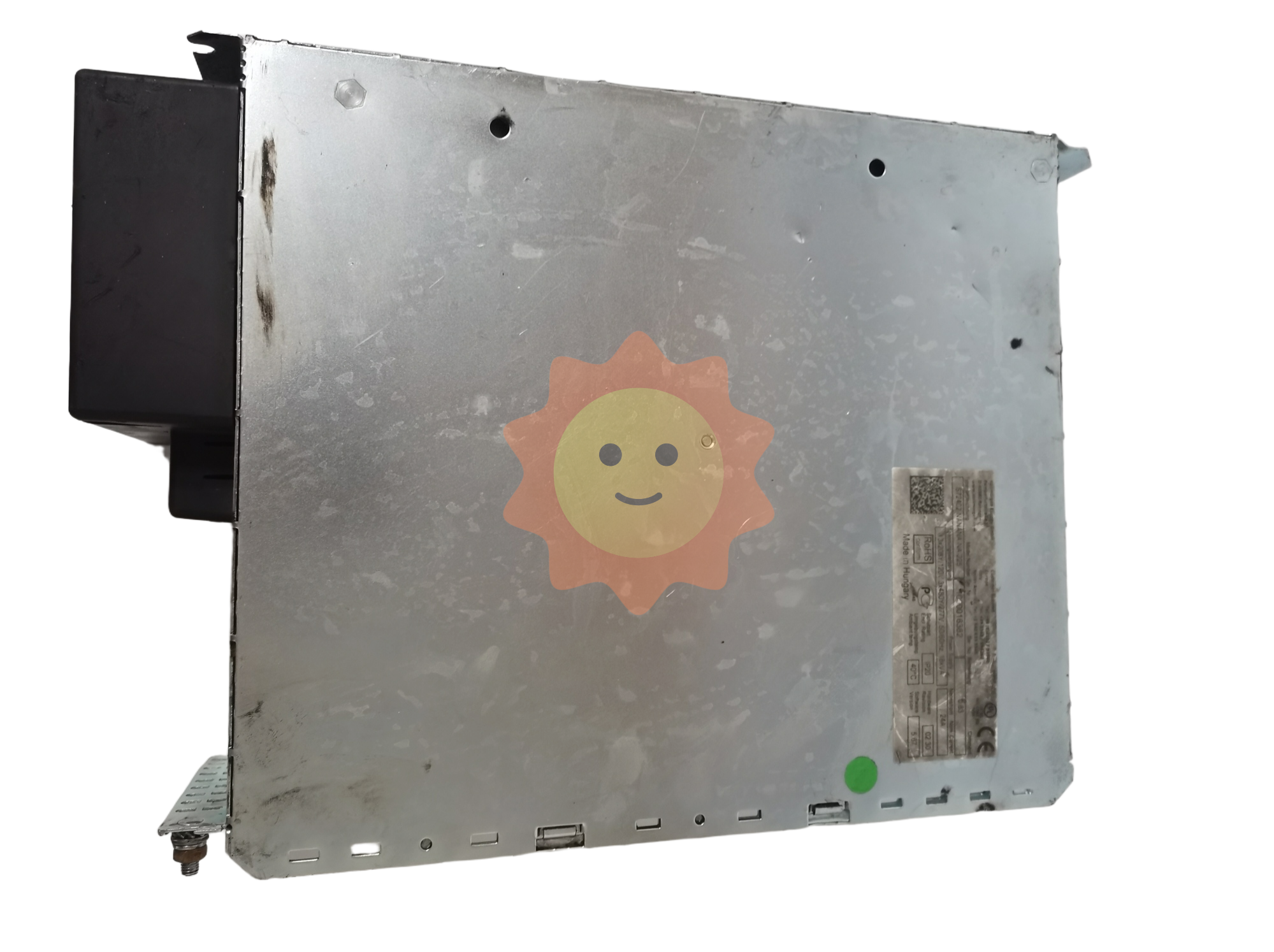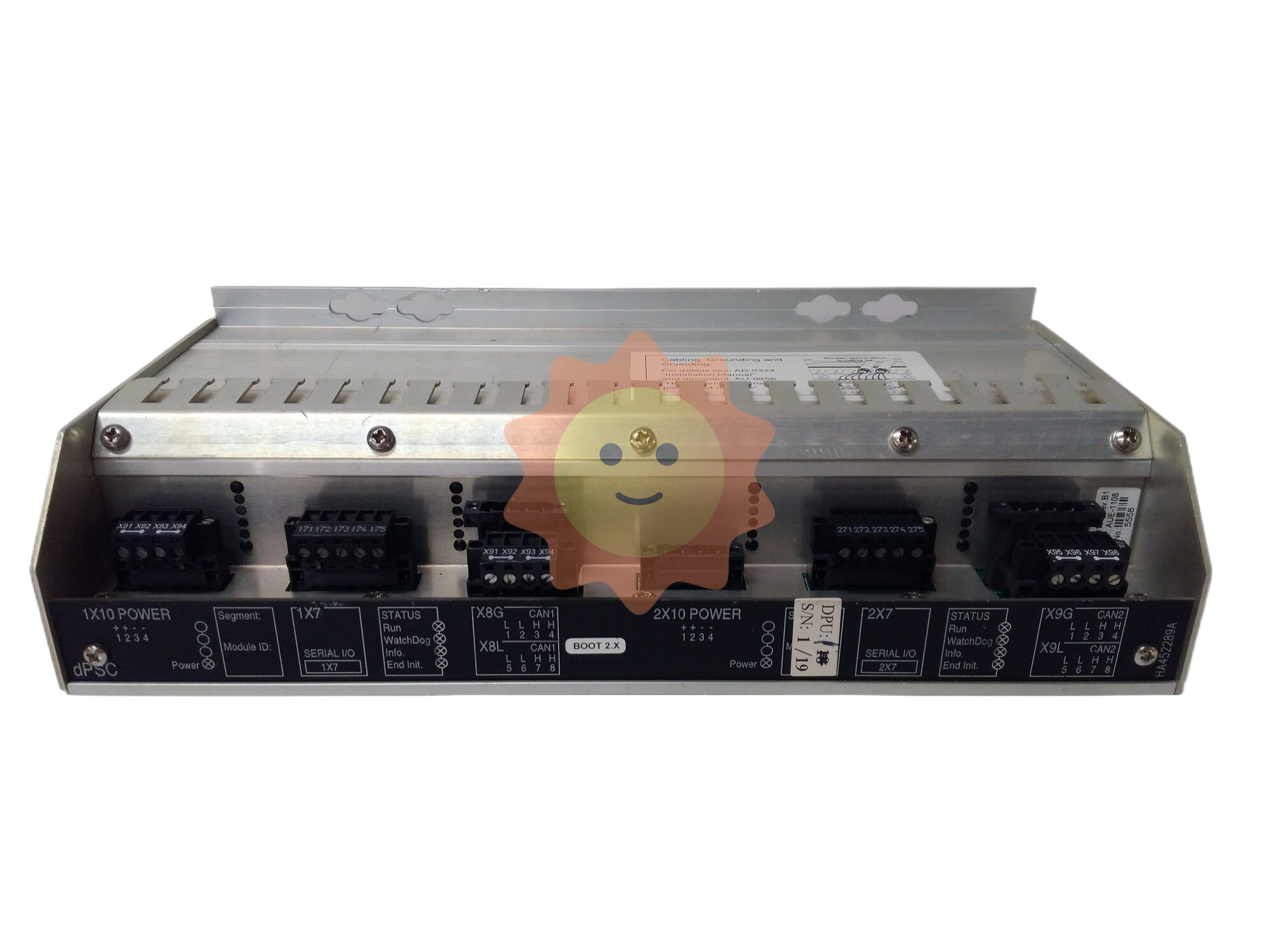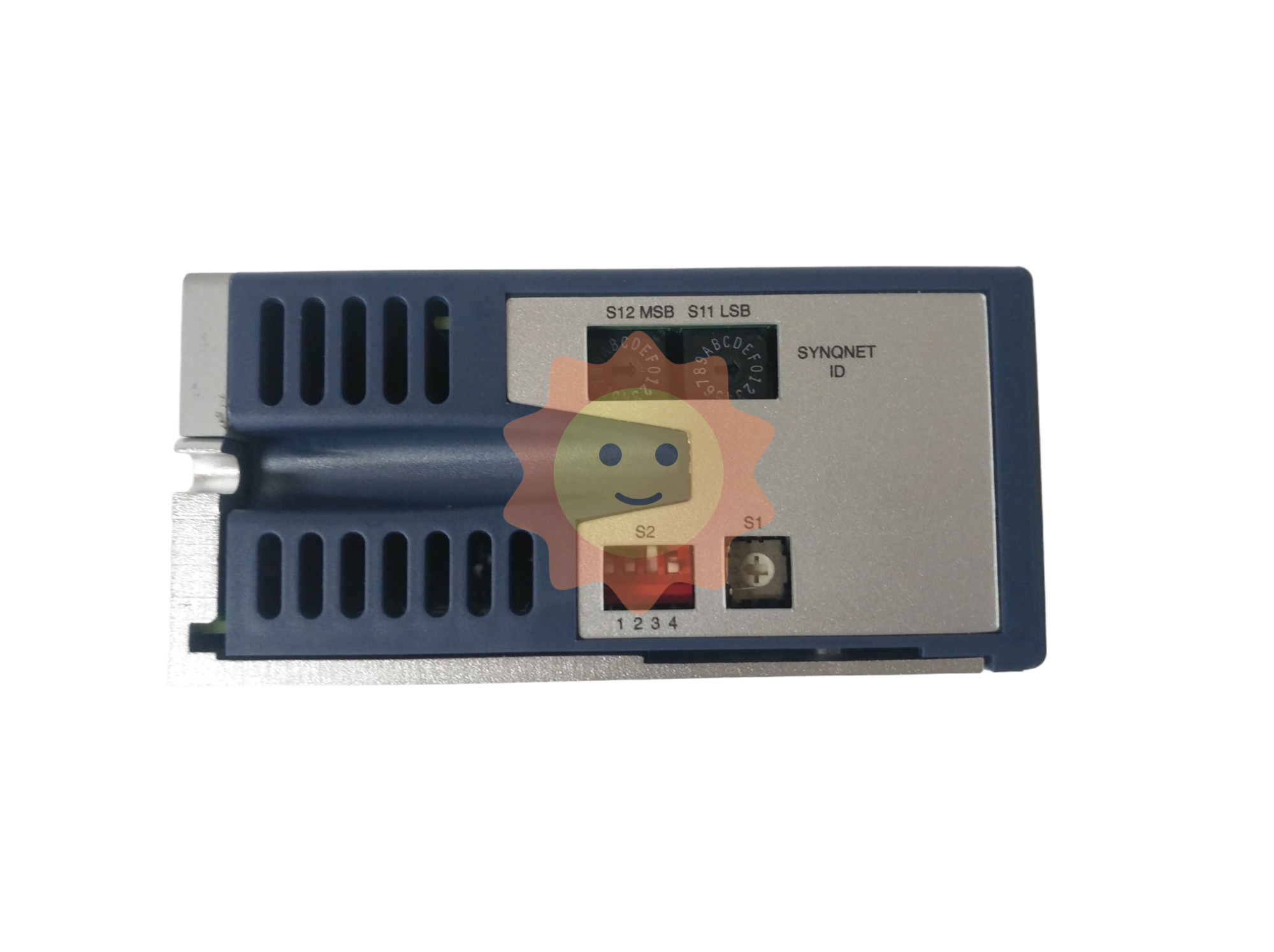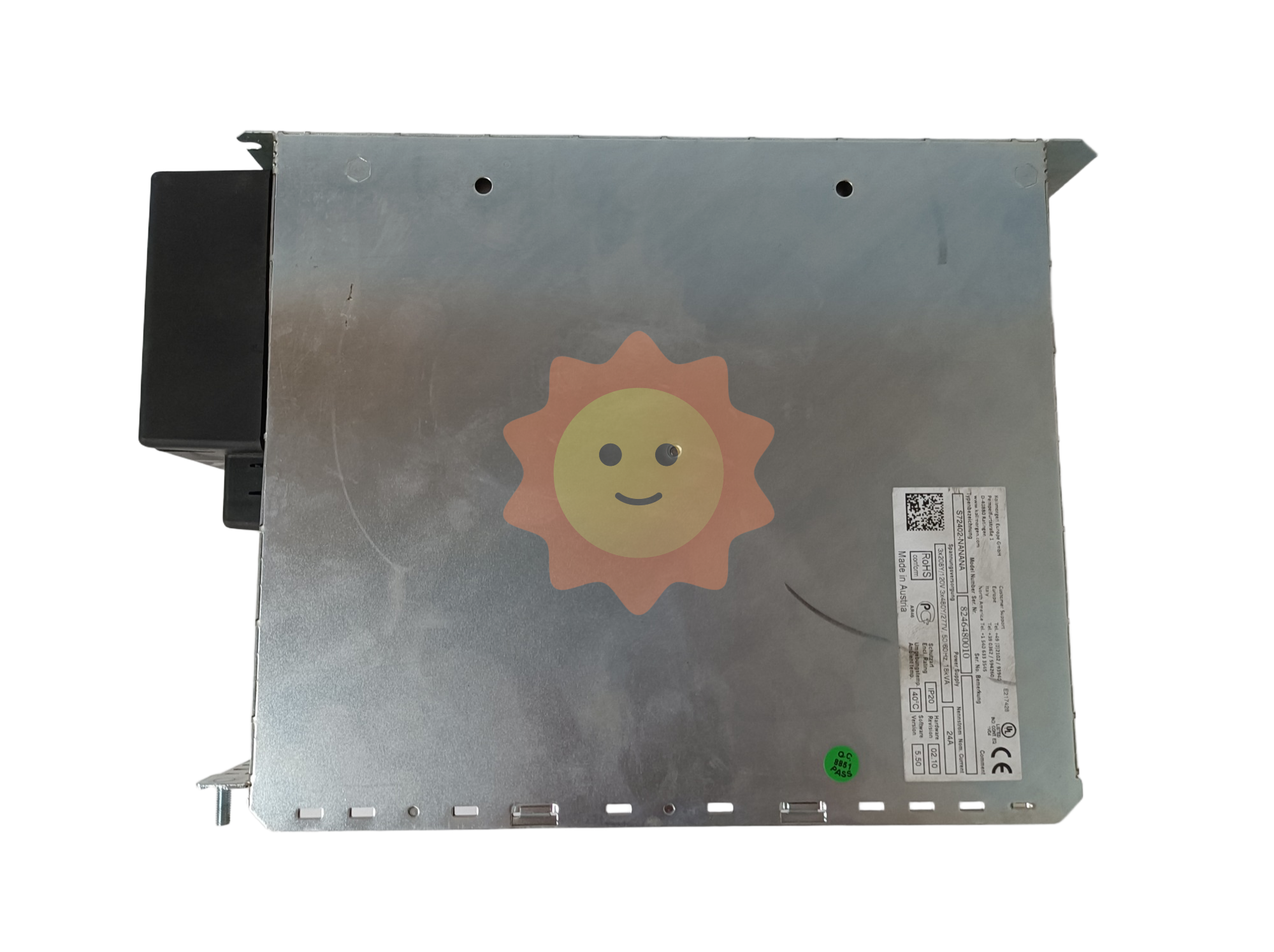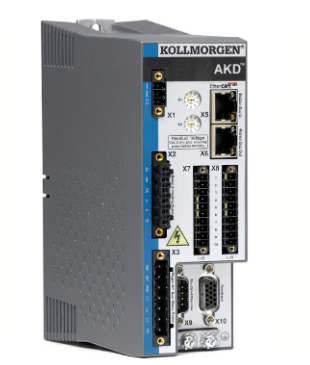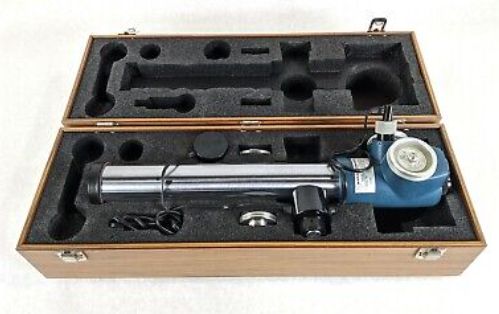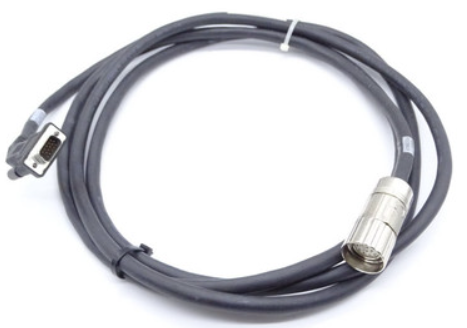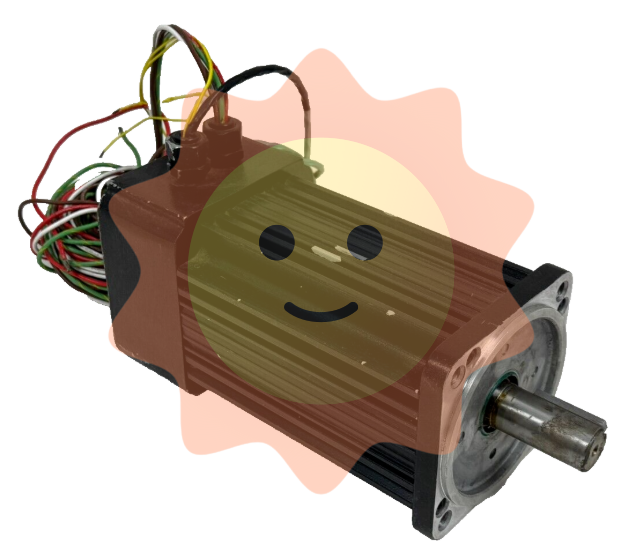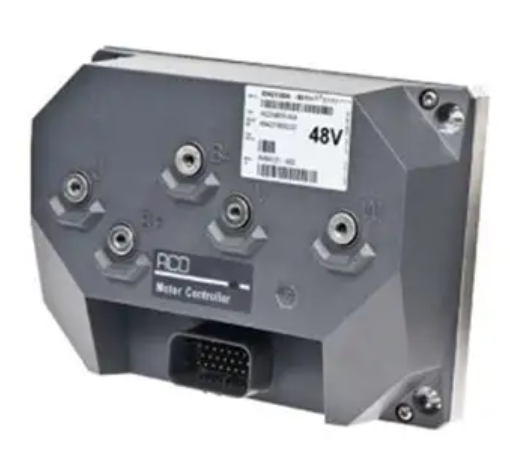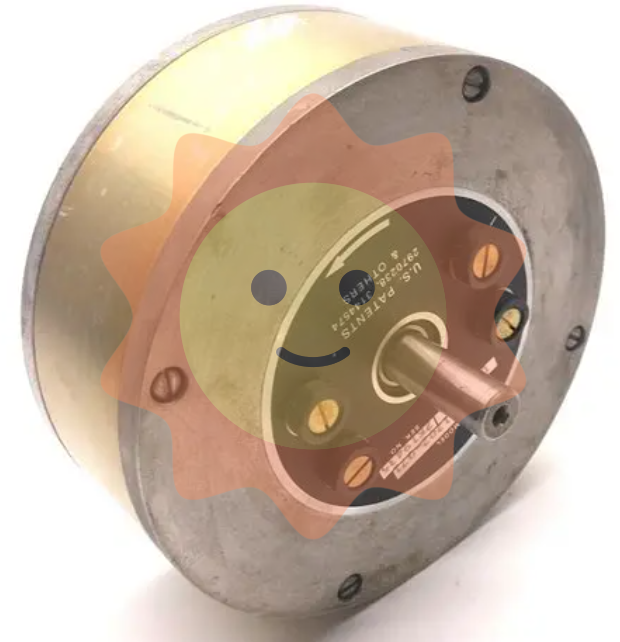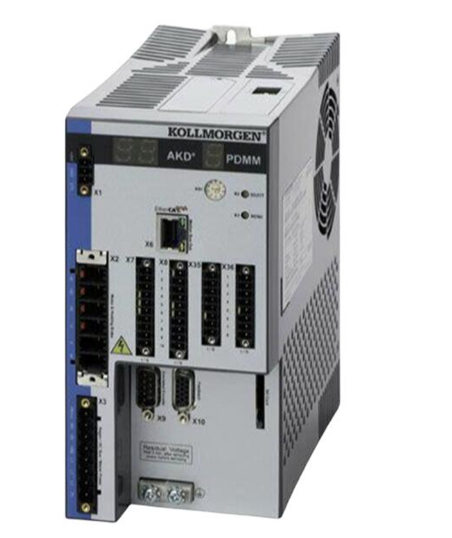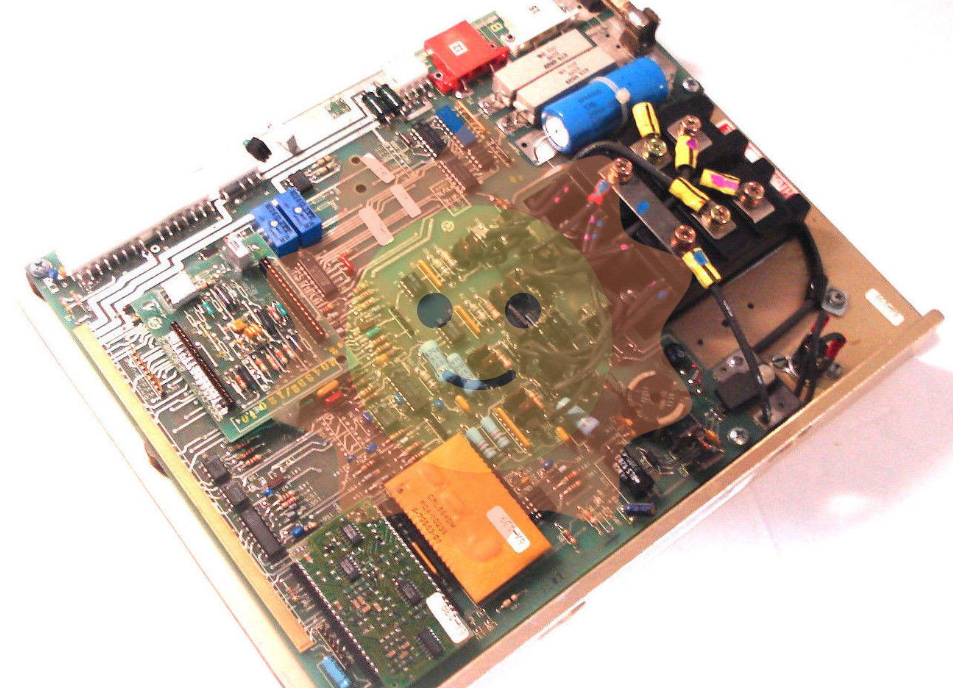Describe the production process of a thermal power plant?
Three steps in the thermal power energy conversion process Step 1: Convert chemical energy into heat energy. Burning fossil fuels in a boiler produces heat energy, which is absorbed by water and turned into water vapor. Step 2: Convert heat energy into mechanical energy. The thrust produced by the hot steam drives the turbine to spin. Step 3: Convert mechanical energy into electricity. Using the rotation of the turbine to induce the rotor of the generator to rotate, electrical energy is generated by cutting the magnetic field lines.
In the process of thermal power generation, the coal is sent to the coal hopper between the coal bunker through the electromagnet and the coal crusher, and enters the coal mill for grinding. The hot air pumped into the pulverized coal through the air preheater is hit to the coarse and fine separator. The coarse and fine separator sends the qualified pulverized coal to the powder bunker, and finally the pulverized coal is sent to the burner by the pulverizer to the boiler for combustion.
Thermal power plants Thermal power plants are plants that use combustible materials (China's thermal power plants are mainly coal-fired) as fuel to produce electric energy. Its basic production process is: the fuel heats water to generate steam when it is burned, the chemical energy of the fuel is converted into heat energy, the steam pressure drives the turbine to rotate, the heat energy is converted into mechanical energy, and then the turbine drives the generator to rotate, the mechanical energy is converted into electrical energy. A modern thermal power plant is a large and complex plant that produces electricity and heat. According to different dimensions such as fuel, prime mover, steam pressure and installed capacity, thermal power plants can be divided into many types. With the continuous improvement of thermal power technology, the construction and operation of thermal power plants are also gradually adapting to the social development requirements of low energy emission reduction.

Steam turbine power generation: first the fuel is sent into the boiler, at the same time into the air, the boiler is injected into the chemical treatment of water, the use of fuel combustion released heat energy to make water into high temperature, high pressure steam, drive the turbine rotation and work to drive the generator power generation. The cogeneration method is to use the exhaust steam (or special extraction steam) of the prime mover to heat industrial production or residential life. Gas turbine power generation: The compressed air is pressed into the combustion chamber by the compressor, mixed with the injected fuel and atomized for combustion, forming high-temperature gas into the gas turbine to expand and do work, promote the blade rotation and drive the generator to generate electricity. Diesel engine power generation: the fuel injection pump and injector will be high pressure fuel injection into the cylinder, forming a fog, mixed with air combustion, promote the diesel engine rotation and drive the generator to generate electricity. Five systems of thermal power plant Fuel system: complete fuel delivery, storage, preparation of the system. Coal-fired power plants are equipped with coal unloading facilities, coal yards, coal loading facilities, coal silos, coal feeders, coal mills and other equipment; Oil power plant is equipped with oil tanks, heaters, oil pumps, oil pipelines and other equipment. Combustion system: mainly composed of boiler combustion chamber, air supply device, coal delivery device, ash and slag discharge device. The main function is to complete the combustion process of the fuel, release the energy contained in the fuel in the form of heat energy, and use it to heat the water in the boiler. The main processes include flue gas flow, ventilation flow, ash discharge and slag flow, etc. Steam water system: mainly by the feed pump, circulation pump, feed water heater, condenser and so on. Its function is to use the combustion of fuel to turn water into high temperature and high pressure steam, and to circulate water. The main processes include soda flow, recharge water flow, cooling water flow and so on. Electrical system: mainly by the power plant main wiring, turbine generator, main transformer, distribution equipment, switchgear, generator lead line, battery DC system and communication equipment, lighting equipment and so on. The basic function is to ensure power supply to the load or power system according to power quality requirements. The main process includes power supply process and plant power supply process. Control system: mainly composed of boiler and its auxiliary system, turbine and its auxiliary system, generator and electrical equipment, auxiliary system. The main work flow includes steam turbine start-stop, automatic speed up control flow, boiler combustion control flow.
Power generation: Multi-generation power generation technology Cogeneration: Cogeneration is the use of heat engines or power stations to produce electricity and useful heat at the same time. Cogeneration is the thermodynamic efficient use of fuel, which uses the waste heat after power generation for industrial manufacturing or uses the waste heat of industrial manufacturing for power generation to achieve the purpose of maximum energy utilization. Since the efficiency of traditional generators is only about 30%, up to 70% of the fuel energy is converted into useless heat, steam and electricity symbiosis can reuse more than 30% of the heat energy in industry, so that the fuel utilization rate reaches more than 60%. Thermoelectric triple generation: A thermoelectric triple supply system is a device and its peripherals that simultaneously generates and supplies heat, electricity and cold from an energy center to an area. In addition to power generation, the steam turbine power generation system can be used for production process and domestic heating, and part of the electricity or heat can be converted through the refrigeration system to meet the cold demand of production and life. The system not only makes the primary energy get the step utilization, but also improves the utilization rate of related equipment, which is an energy-saving and economic energy supply mode. When the supply area is small (such as a cluster of buildings), the internal combustion engine can also be used to generate electricity, and its exhaust and cooling water can be used for heating and cooling.

Power generation: Four new power generation technologies IGCC technology: mature clean and efficient coal power technology IGCC (Integrated Gasification Combined Cycle), that is, the integrated gasification combined cycle power generation system, is an advanced power system combining coal gasification technology and efficient combined cycle. It consists of gasification and purification of coal and gas-steam combined cycle power generation. The main equipment of the first part is gasifier, air separation device, gas purification equipment (including sulfur recovery device); The main equipment in the second part includes gas turbine power generation system, waste heat boiler and steam turbine power generation system. Compared with traditional coal power technology, IGCC integrates coal gasification and gas-steam combined cycle power generation technology with the advantages of high power generation efficiency, low pollutant emission, low carbon dioxide capture cost, and is currently verified internationally, capable of industrialization, and the most promising clean and efficient coal power technology. Supercritical and ultra-supercritical units: with high energy saving and environmental protection performance, supercritical units and ultra-supercritical units in thermal power plants refer to the pressure of the working medium in the boiler. The working medium in the boiler is water, the critical pressure of water is 22.115MPa, the critical temperature is 374.15°C; At this pressure and temperature, the density of water and steam is the same, it is called the critical point of water, the working medium pressure in the furnace is lower than this pressure is called subcritical boiler, greater than this pressure is supercritical boiler, the steam temperature in the furnace is not less than 593°C or steam pressure is not less than 31MPa is called ultra-supercritical. In engineering, it is often called ultra-supercritical above 25MPa. Large air cooled power generation technology: widely used in water shortage areas air cooled generator set is the use of forced flow of air as a heat source carrier, to achieve the purpose of equipment heat dissipation. At present, there are three kinds of air cooling systems used in power plants, namely direct air cooling, external condenser indirect air cooling system and hybrid condenser indirect air cooling system. The direct air cooling mainly adopts mechanical ventilation. Under the same conditions of water resources, the use of air cooling units can expand the installed capacity several times, air cooling units have been widely used in the new thermal power units in water shortage areas, to save water resources in the new thermal power units in water shortage areas, to meet the development of power industry. CFB power station: Improve the efficiency of coal use Circulating fluidized bed (CFB) is to suspend a large number of solid particles in the moving fluid, so that the particles have some apparent characteristics of the fluid, this fluid-solid contact state is called solid fluidization. The circulating fluidized bed boiler has excellent low load operation capacity and is suitable for power grid load peak regulation. Construction of large CFB power stations, combustible coal gangue, coal, peat, inferior coal, improve the comprehensive use of coal efficiency, while reducing waste coal gangue, inferior coal and other land occupation, reduce environmental pollution.

Energy storage frequency modulation: with broad development prospects Traditional firepower unit power adjustment to chemical energy, heat, kinetic energy, electric energy through a series of conversion, adjustment process is long, slow response, difficult to respond to the frequency modulation needs of up to 100 times a day. The frequency modulation of the unit is assisted by energy storage technology such as lithium battery, which can reduce the response time from the minute level to the second level, greatly improve the frequency modulation performance index K value, stabilize the unit output, and reduce the unit loss and energy consumption. According to the calculation of international institutions, the replacement effect of energy storage frequency modulation on thermal power units can reach 25 times. In addition, thermal power additional energy storage can reduce coal consumption and unit wear in thermal power plants. The good effect of energy storage participation in frequency modulation has made it large-scale application in the world's major power markets. The development of thermal power energy storage frequency modulation has played a positive demonstration role for new energy energy storage. With the increase of the penetration rate of new energy, the way of energy storage participation in new energy frequency modulation is expected to become an important means of power frequency modulation and has broad development prospects.
Flue gas treatment technology: flue gas desulfurization
In the flue gas desulfurization technology route, according to the different reactants and the material form of the product, it can be divided into wet method, semi-dry method and dry method. The application of limestone-gypsum wet method is the most popular, and the technical advantages are wide sources of absorbent, strong adaptability of coal, low price and recyclable by-products.
Flue gas treatment technology: flue gas denitrification Denitrification treatment of coal-fired flue gas can be understood as a reversible reaction through the action of metal catalysts, which significantly improves the conversion rate of the forward reaction. Therefore, it is very important to ensure that the flue gas temperature is within the effective temperature window of the catalyst, otherwise the reaction conversion rate will decrease significantly. Since the temperature of the flue gas just discharged from the boiler is the most suitable, according to whether the flue gas enters the catalytic reactor after the dust removal device, the arrangement of the catalytic reactor can be divided into high dust arrangement and low dust arrangement, of which high dust arrangement is the mainstream way.
- EMERSON
- Honeywell
- CTI
- Rolls-Royce
- General Electric
- Woodward
- Yaskawa
- xYCOM
- Motorola
- Siemens
- Rockwell
- ABB
- B&R
- HIMA
- Construction site
- electricity
- Automobile market
- PLC
- DCS
- Motor drivers
- VSD
- Implications
- cement
- CO2
- CEM
- methane
- Artificial intelligence
- Titanic
- Solar energy
- Hydrogen fuel cell
- Hydrogen and fuel cells
- Hydrogen and oxygen fuel cells
- tyre
- Chemical fiber
- dynamo
- corpuscle
- Pulp and paper
- printing
- fossil
- FANUC
- Food and beverage
- Life science
- Sewage treatment
- Personal care
- electricity
- boats
- infrastructure
- Automobile industry
- metallurgy
- Nuclear power generation
- Geothermal power generation
- Water and wastewater
- Infrastructure construction
- Mine hazard
- steel
- papermaking
- Natural gas industry
- Infrastructure construction
- Power and energy
- Rubber and plastic
- Renewable energy
- pharmacy
- mining
- Plastic industry
- Schneider
- Kongsberg
- NI
- Wind energy
- International petroleum
- International new energy network
- gas
- WATLOW
- ProSoft
- SEW
- wind
- ADVANCED
- Reliance
- YOKOGAWA
- TRICONEX
- FOXBORO
- METSO
- MAN
- Advantest
- ADVANCED
- ALSTOM
- Control Wave
- AB
- AMAT
- STUDER
- KONGSBERG
- MOTOROLA
- DANAHER MOTION
- Bently
- Galil
- EATON
- MOLEX
- Triconex
- DEIF
- B&W
- ZYGO
- Aerotech
- DANFOSS
- KOLLMORGEN
- Beijer
- Endress+Hauser
- MOOG
- KB


Email:wang@kongjiangauto.com


